The 2020 NFL Scouting Combine is right around the corner and we are now well into draft season. Of course, free agency has yet to open and that is a critical piece of the team building puzzle, but we are going to concentrate on the college evaluation side of things for the sake of this piece. And the crux of this conversation is going to center around what do college scouts do once the Combine is completed? Here is how I would handle it if I ever had the opportunity to do all again.
First off, let's take a small step backwards before we get to the plan of attack post-Combine. There is a theory in scouting circles that evaluators should "Put the pen down" after the Senior Bowl. The logic is that there no longer is competitive football to watch and evaluate. Everything from the Senior Bowl on are drills, interviews, testing, etc. Obviously for prospects that didn't participate in post season all-star games like the Senior Bowl their football tape ended with their final college game. All the padded football has been played.
By taking this approach, and it is one that I mostly subscribe to, scouts weigh the actual games played far more than what happens from this point on in the process. So, by that logic, I would write what amounts to a final report and turn it in before the Combine even takes place. That would be the backbone of my player evaluation with the understanding that it isn't my exact final report on the prospect. But I want to have it filed so I can reference it right before the draft.
So I have this meat and potatoes evaluation based just off of game tape and yes, I will tweak it as I learn more about each player. All information is valuable. But after I make those tweaks, I will go back and read this pre-Combine report to make sure I didn't get too far off my original path. All information is valuable, but game tape still reigns supreme.
Okay, with that out of the way, once the Combine has concluded, what is next on my agenda and how do I manage my time now?
First off, I would go back and watch all the Combine drills. Not the testing, but the drills. I saw them take place live, but there wasn't a rewind button as I sat in Lucas Oil Stadium. And frankly, even for the greatest football lover and scout, there is some mundaneness to sitting in that stadium day after day watching drill and test after drill and test.
So I want to re-watch the positional drills with fresh eyes and new enthusiasm. I want to see how the player moves. I want to see how he moves when judging him against his peers in an assembly line fashion watching player after player at the same position being asked to execute the exact same thing. I want to rewind and watch it over and over to see is there is a small recurring nuance that changes my opinion of this player from an athleticism standpoint. Maybe Johnny had a bad hamstring that I didn't know about during the college season and he didn't move as well as he did at the Combine.
Also, this serves another purpose in that the scout would then watch prospects that he isn't responsible for and get a feel for all of the defensive backs, wide receivers or whatever at the Combine instead of just the players he has to have a grade on. It broadens the scout's perspective on the entire draft class.
Take a look at Steelers offensive players when they were at the NFL Scouting Combine

Zach Banner
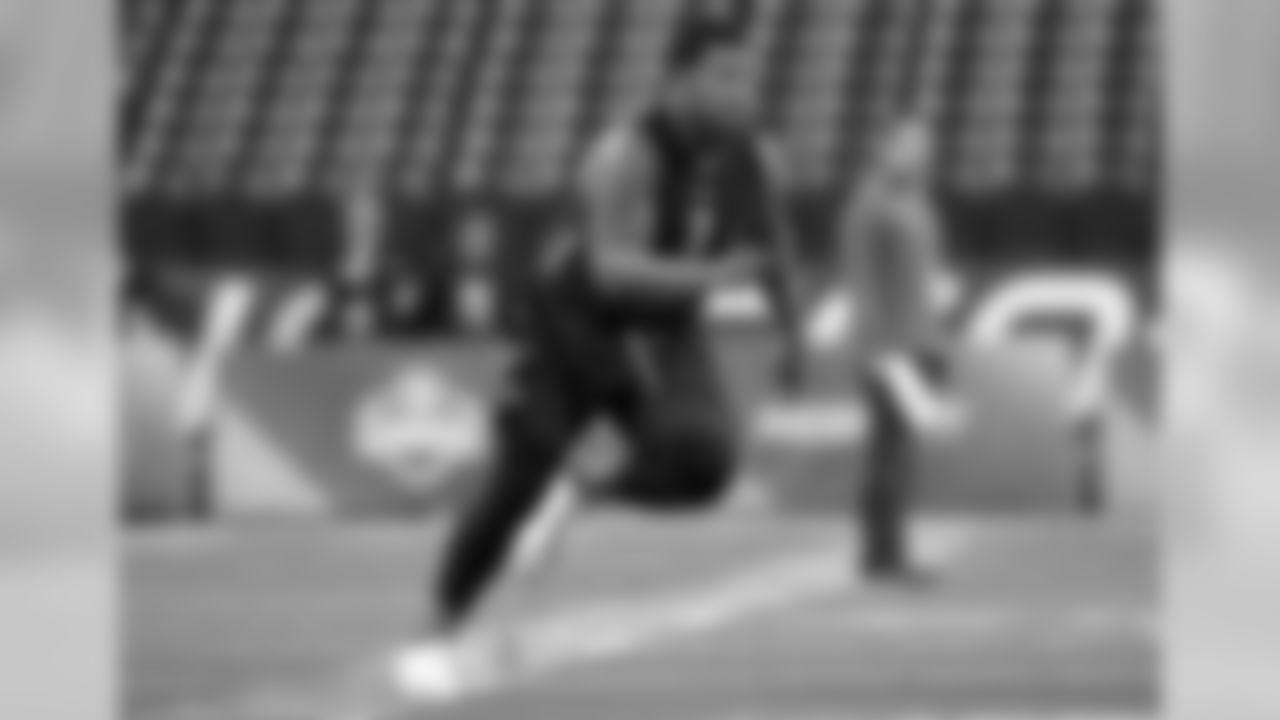
Zach Banner
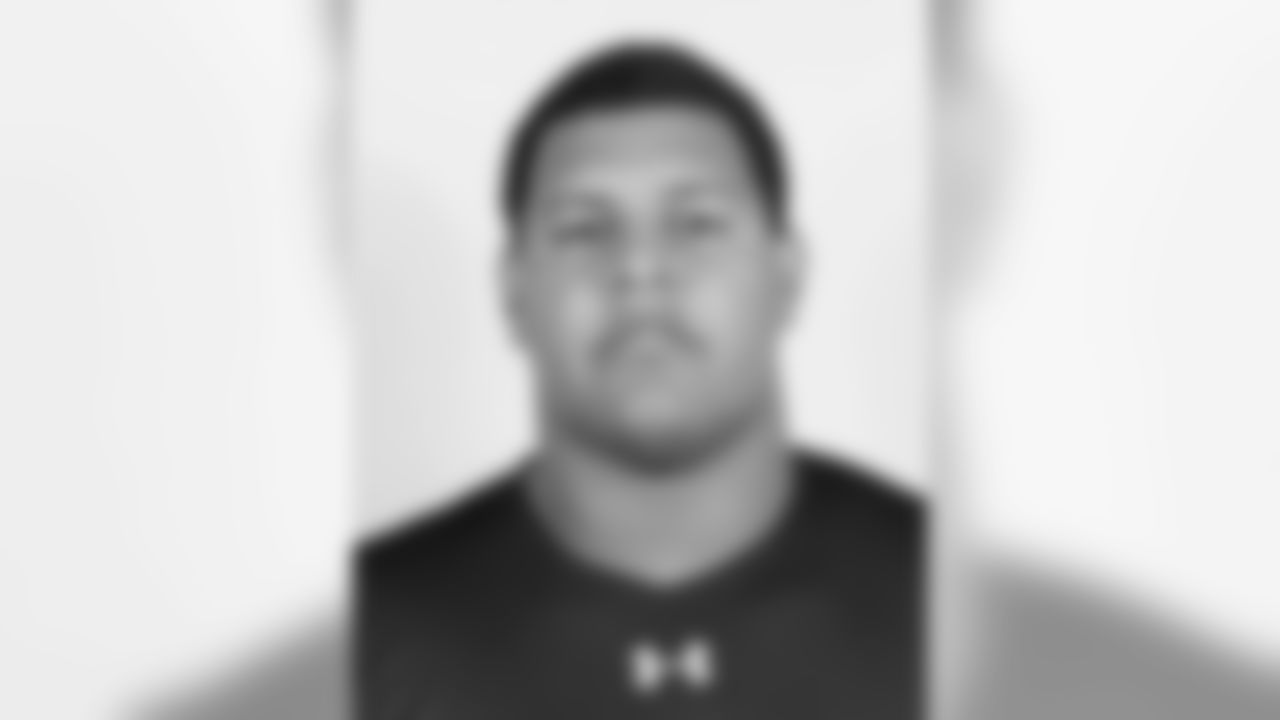
Zach Banner

J.T. Barrett
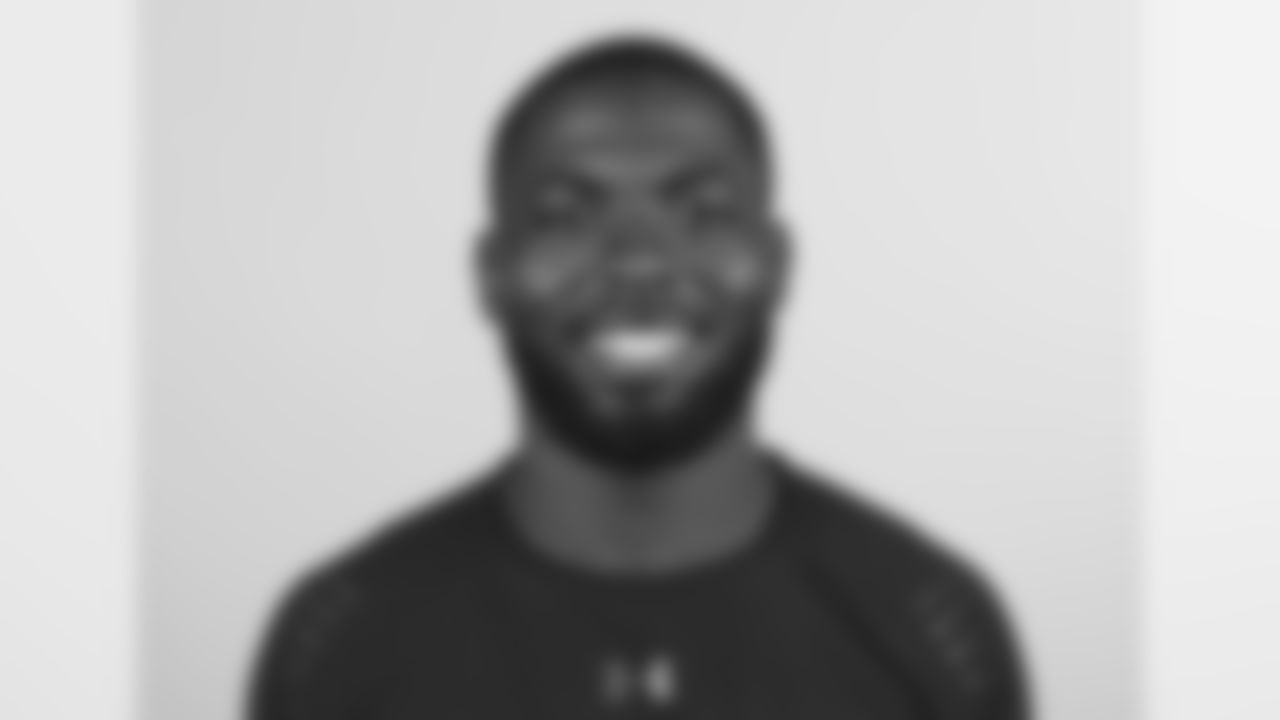
J.T. Barrett
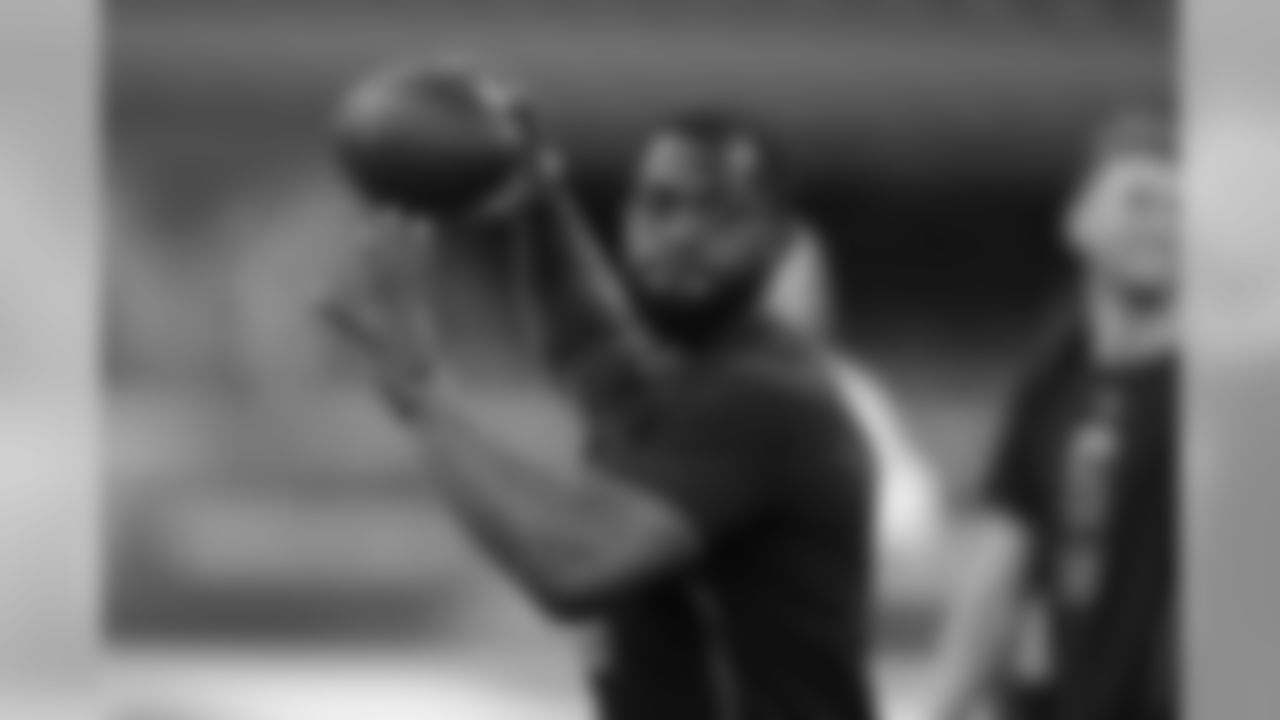
J.T. Barrett
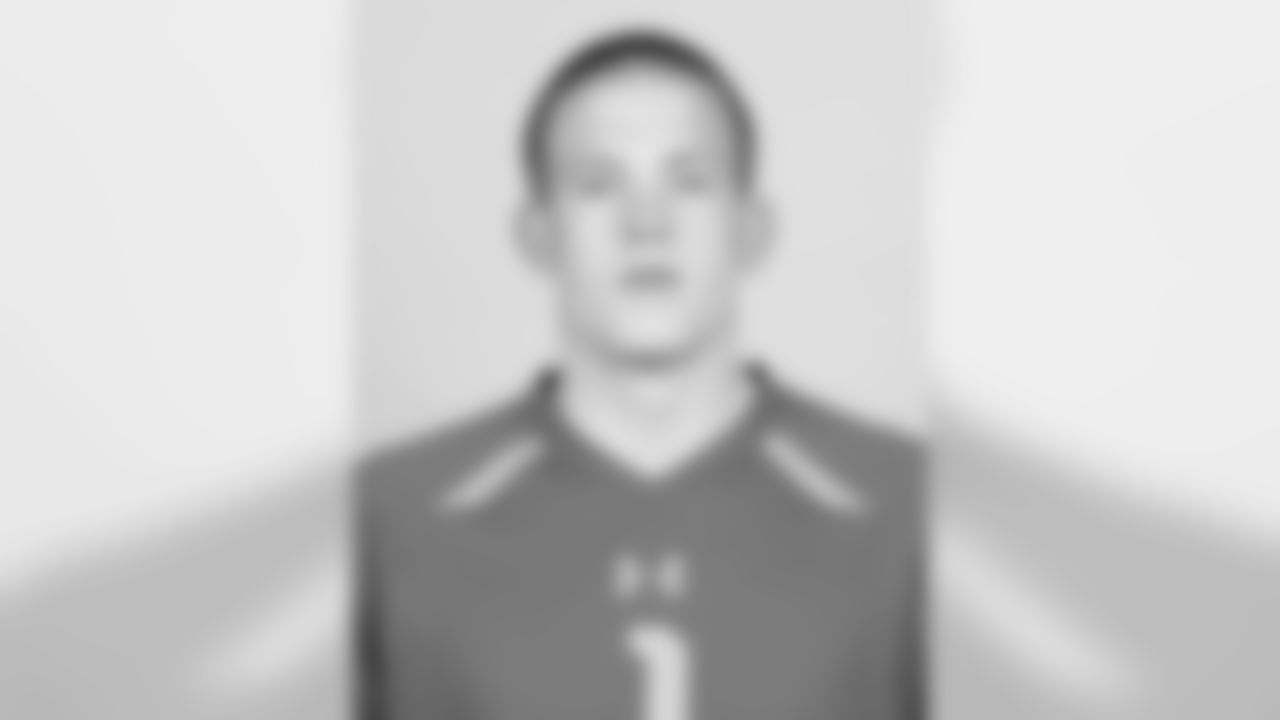
Chris Boswell

Chris Boswell

Deon Cain

Deon Cain

Deon Cain
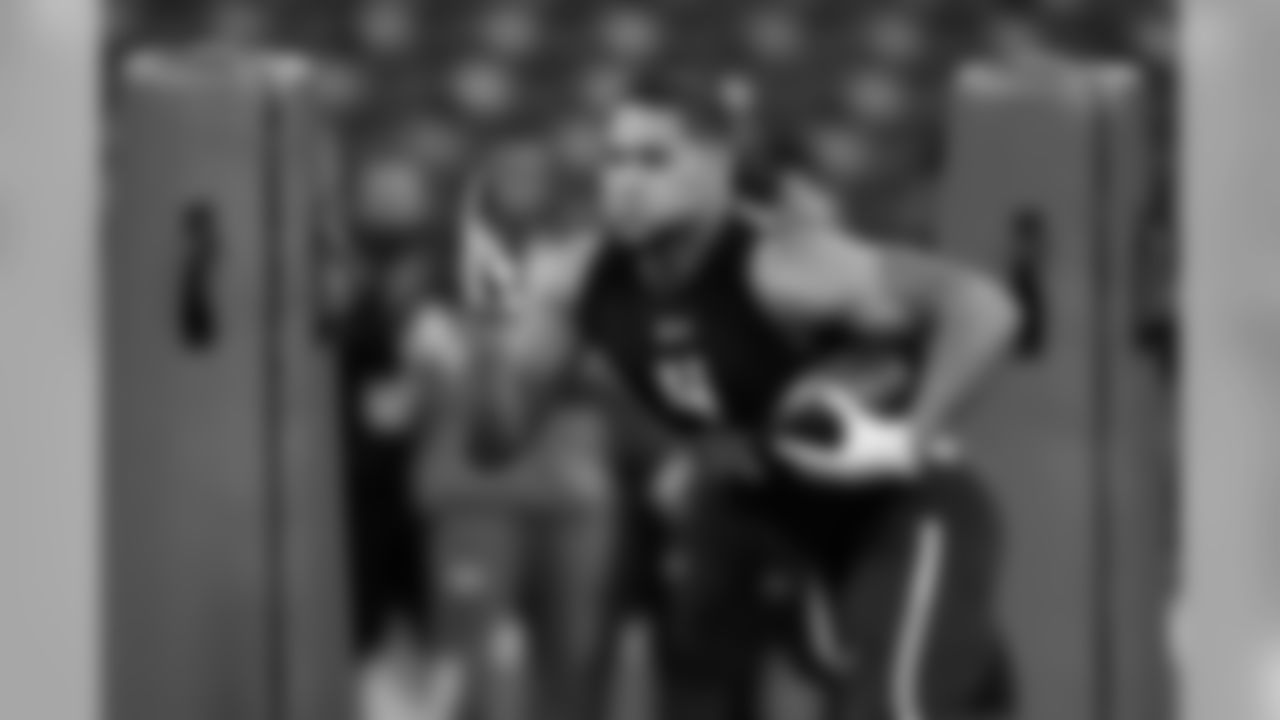
James Conner

James Conner
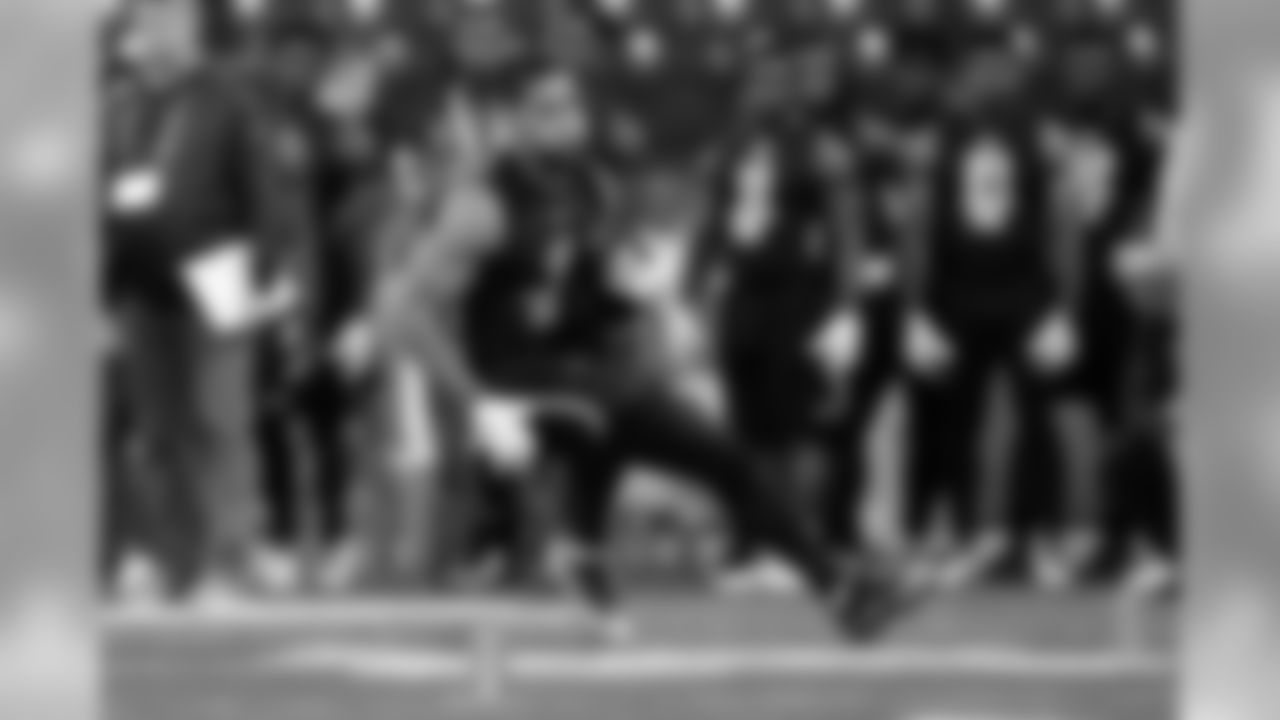
James Conner

Jamal Custis
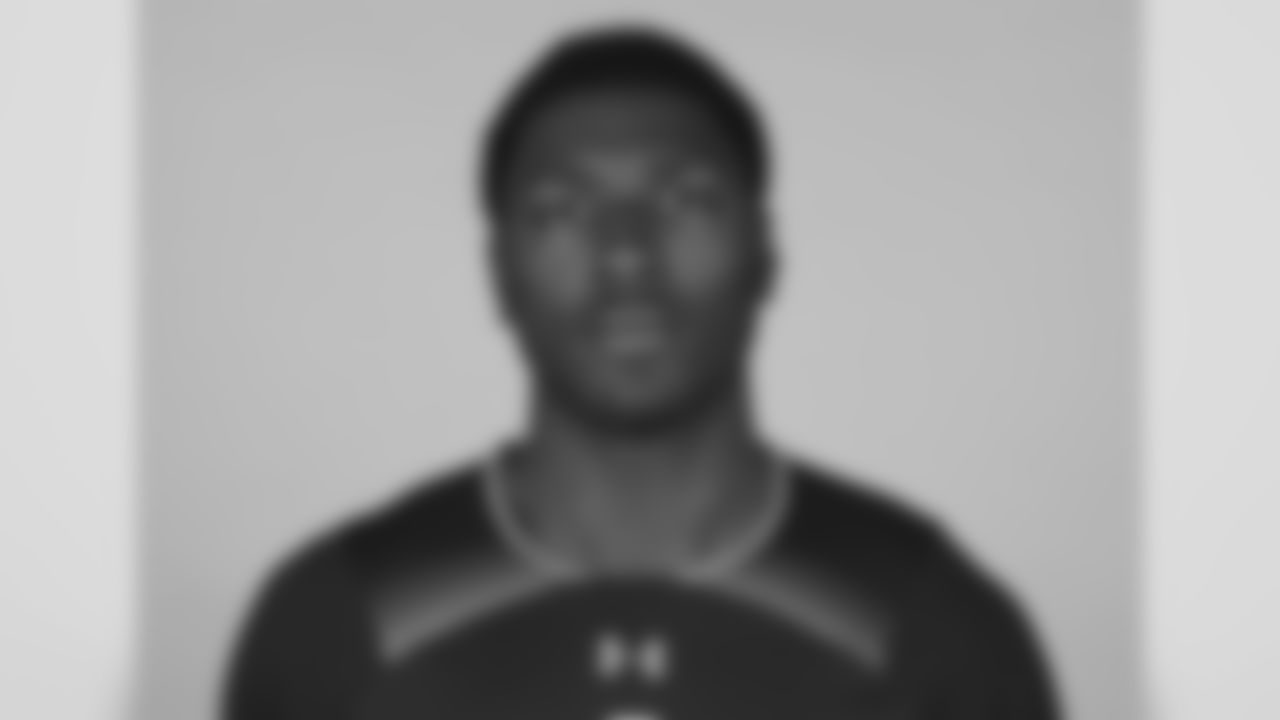
Jamal Custis

Jamal Custis

Amara Darboh

Amara Darboh
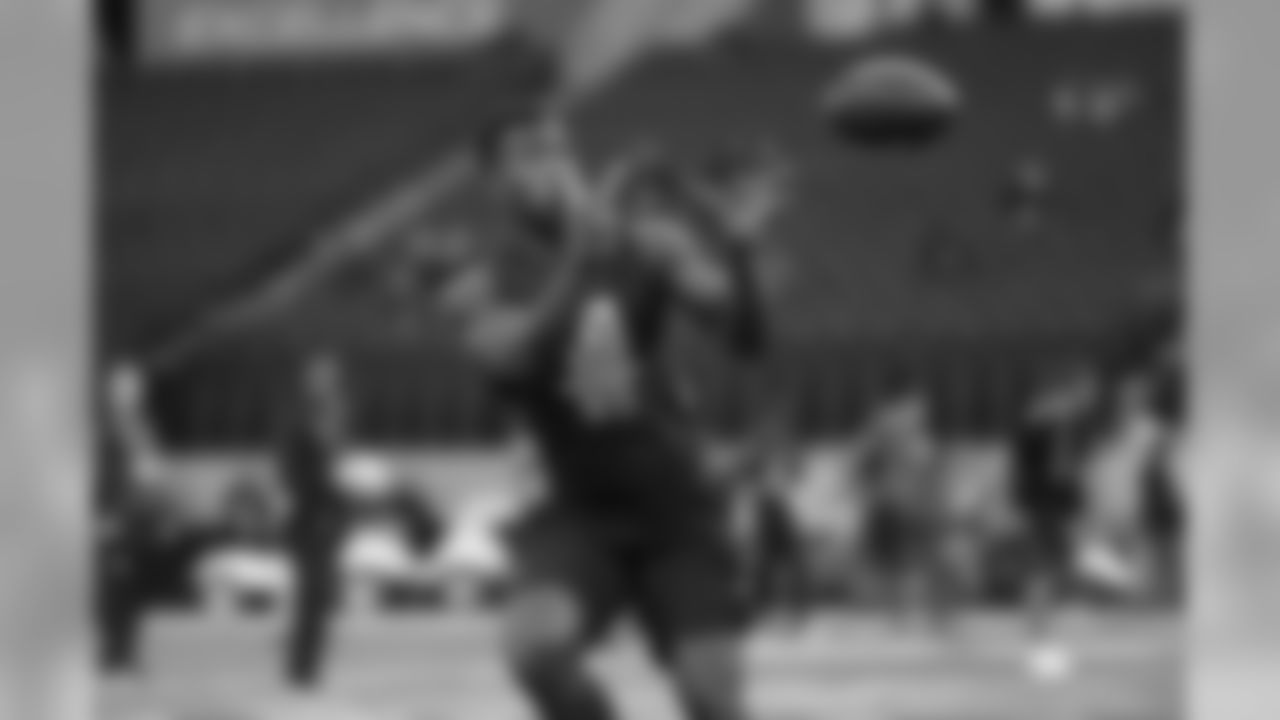
Amara Darboh
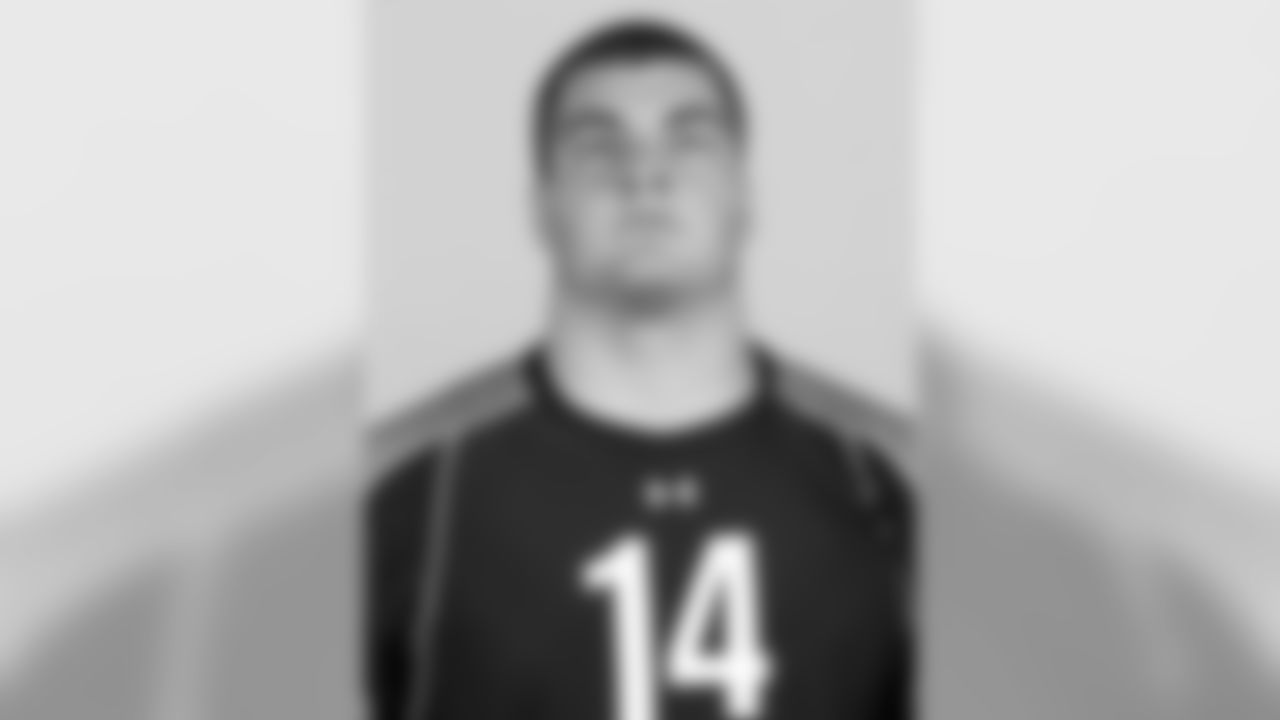
David DeCastro

David DeCastro

David DeCastro

Matt Fieler

Matt Fieler
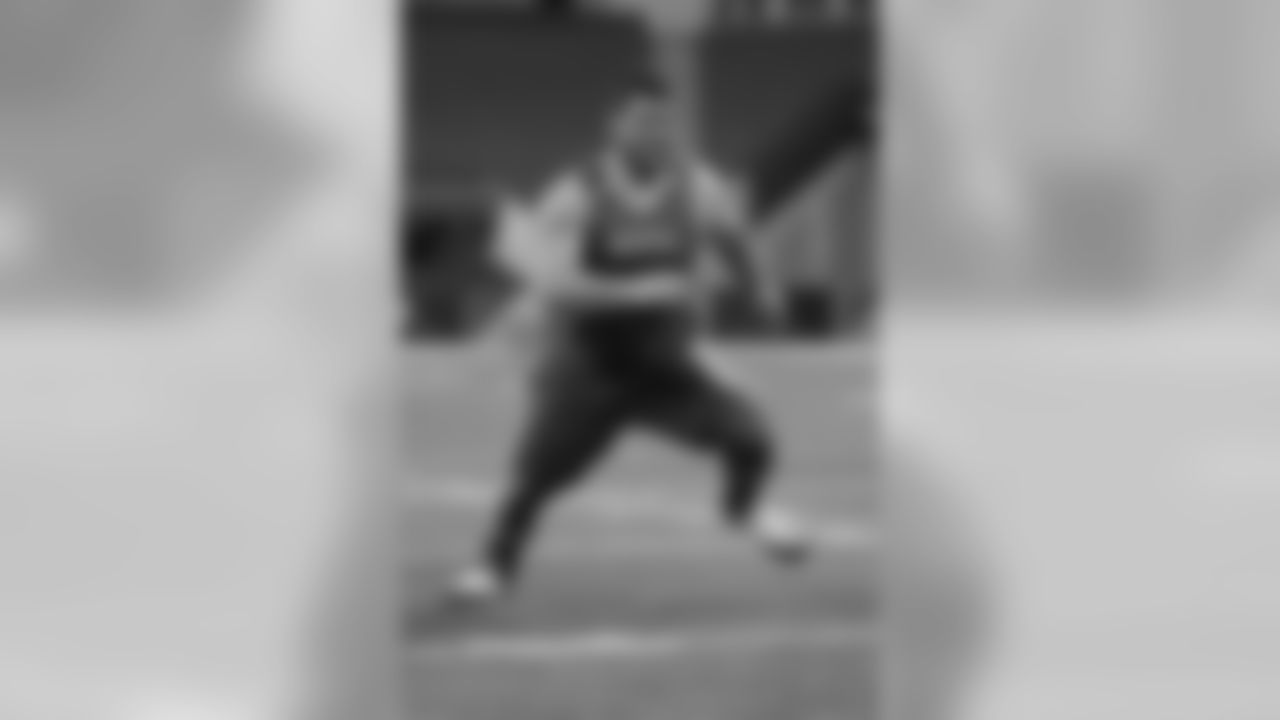
Matt Fieler

B.J. Finney
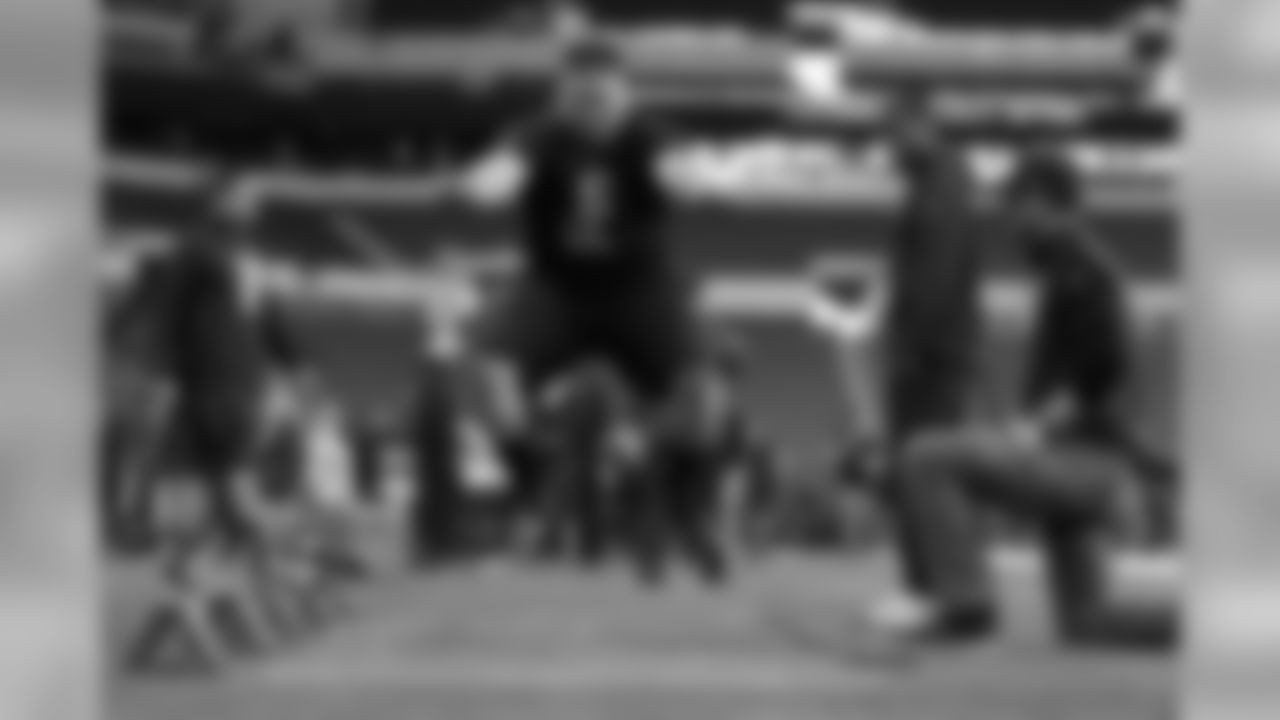
B.J. Finney
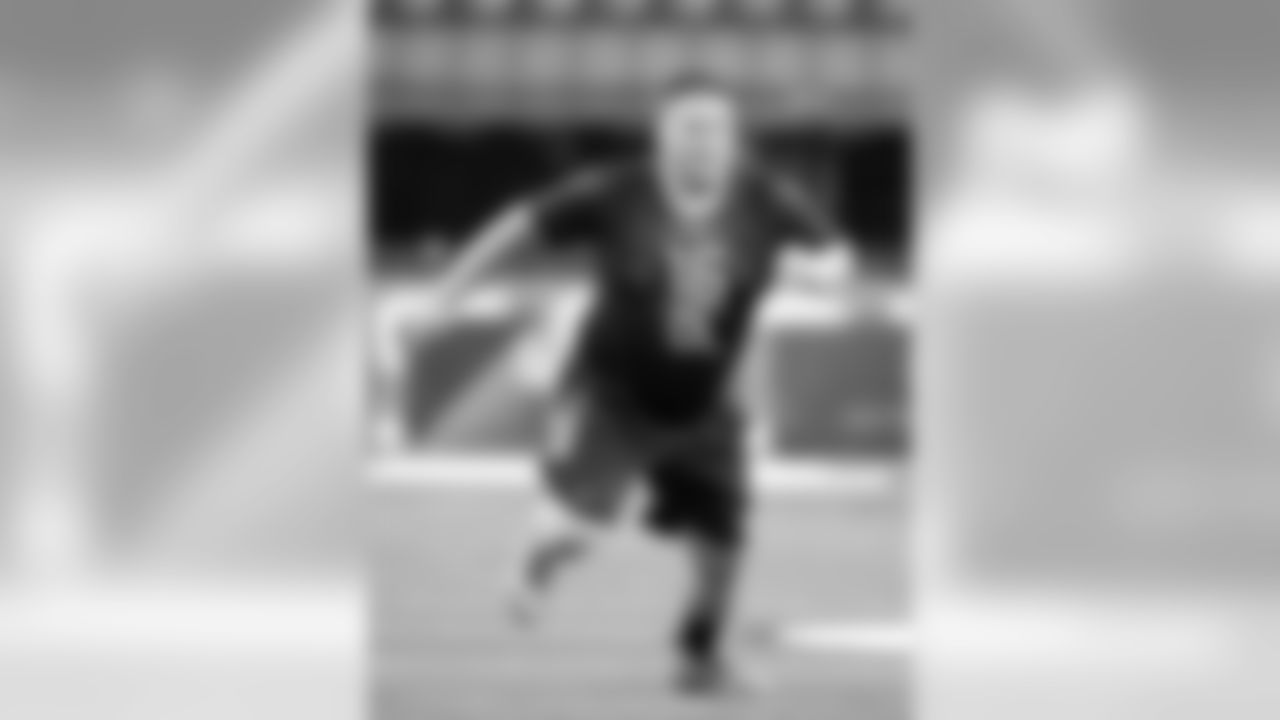
B.J. Finney

Ramon Foster

Ramon Foster

Ramon Foster

Zach Gentry
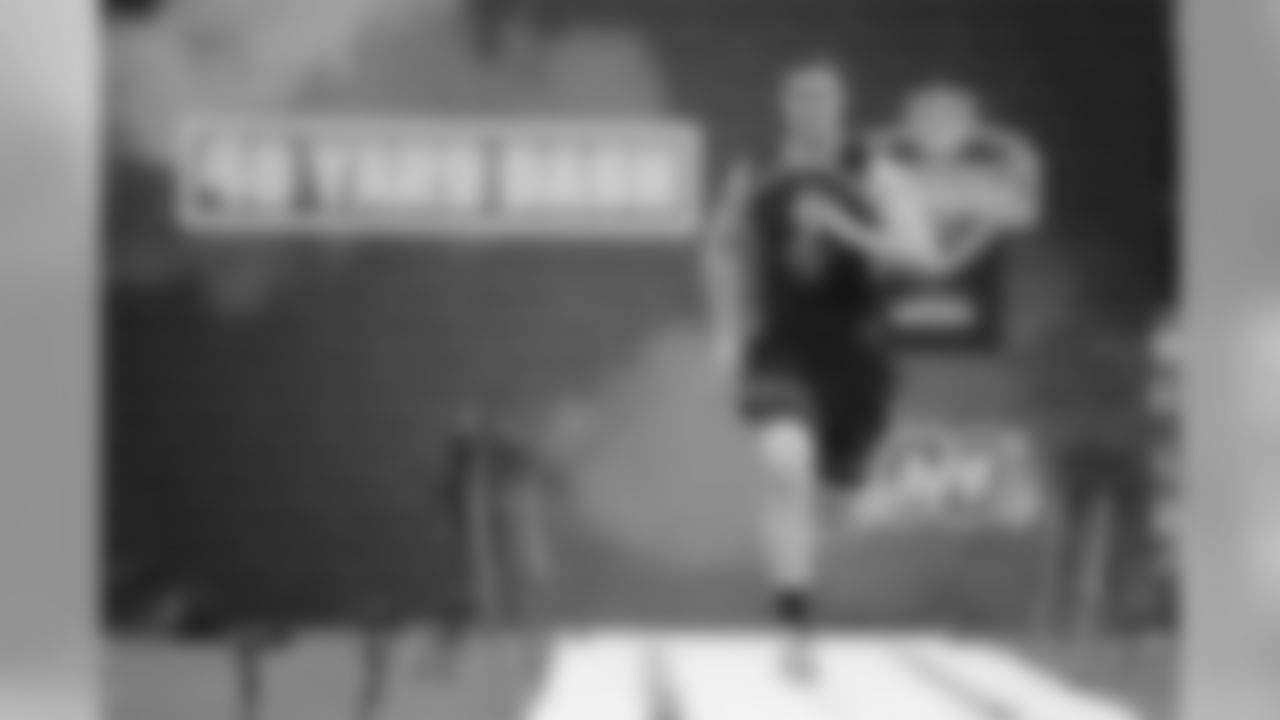
Zach Gentry
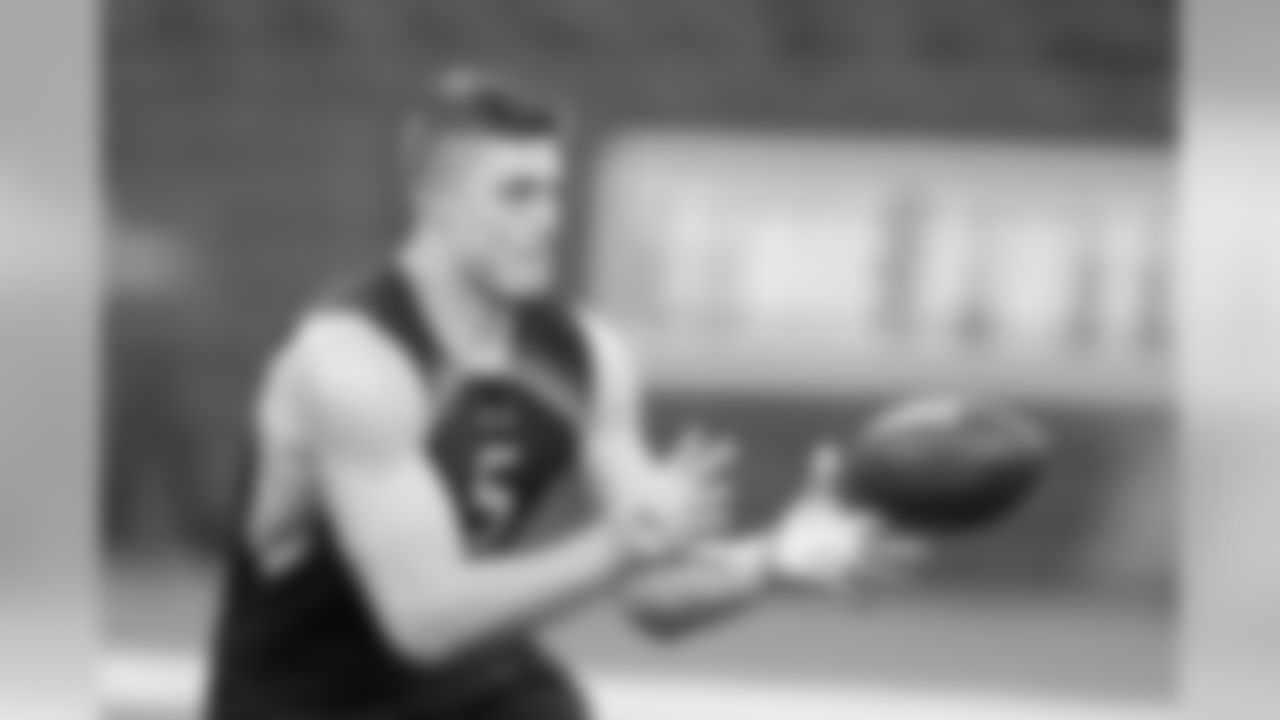
Zach Gentry

Derwin Gray
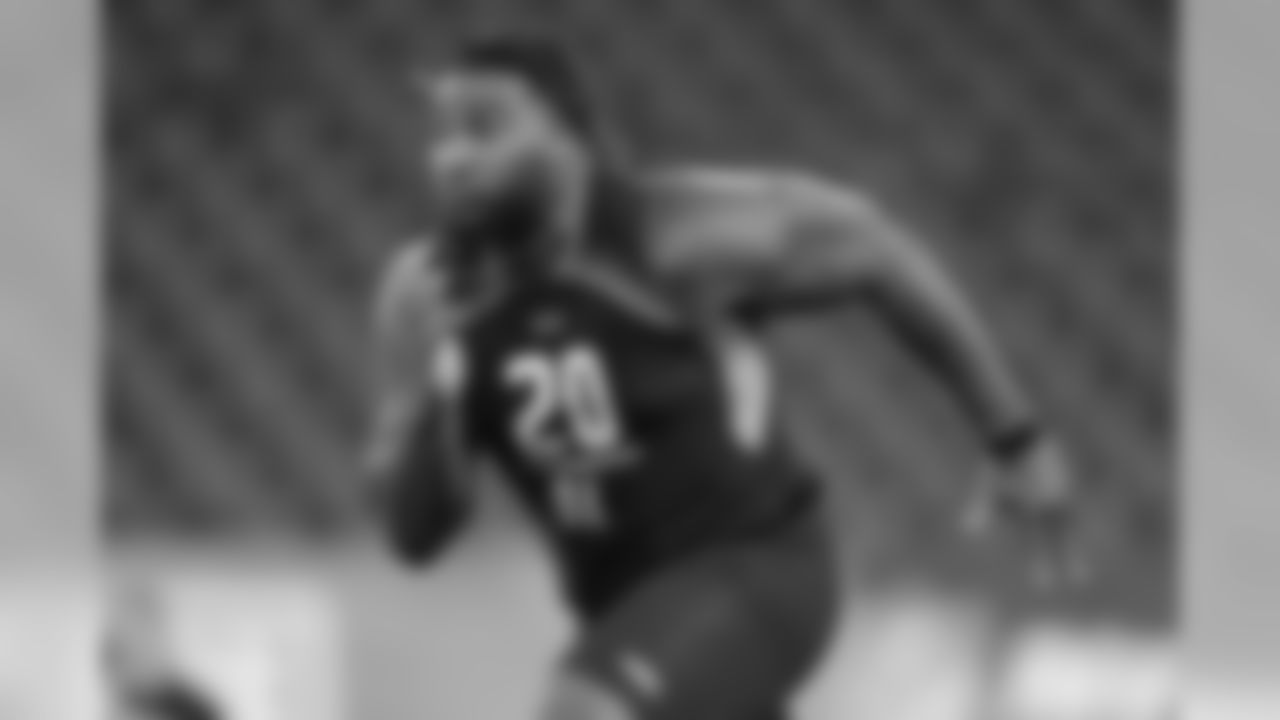
Derwin Gray

Derwin Gray

Quadree Henderson
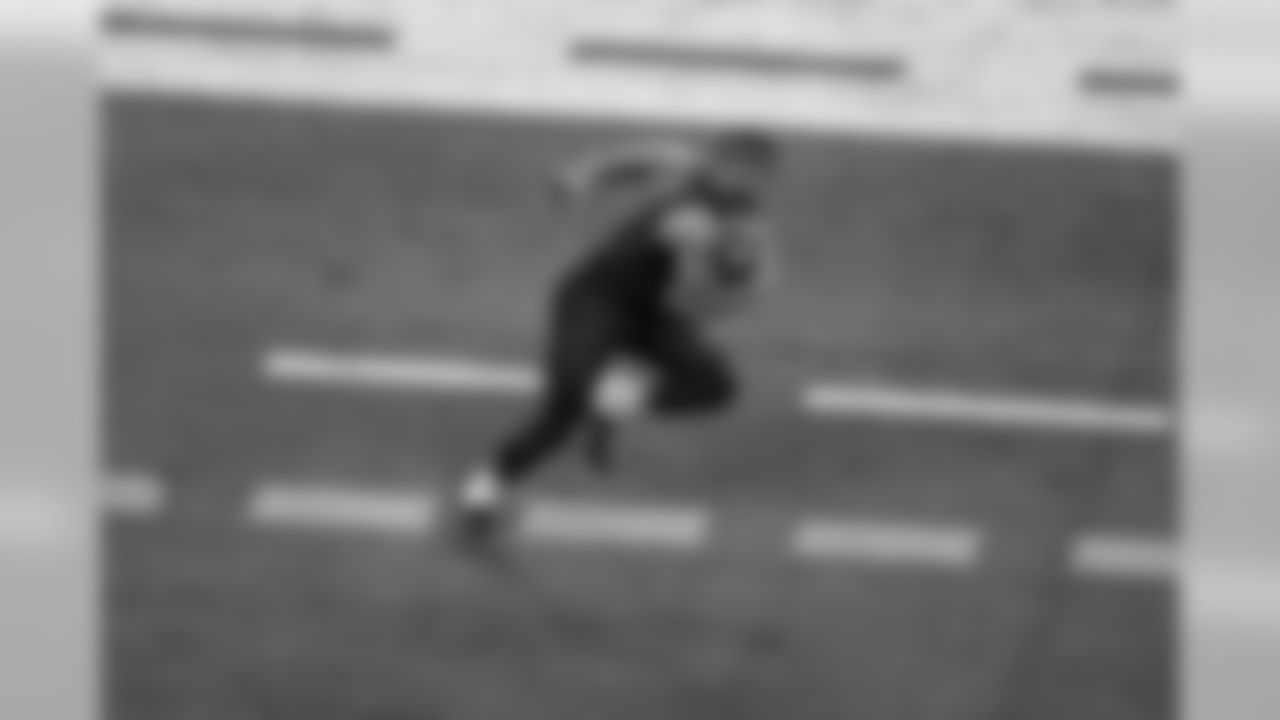
Quadree Henderson
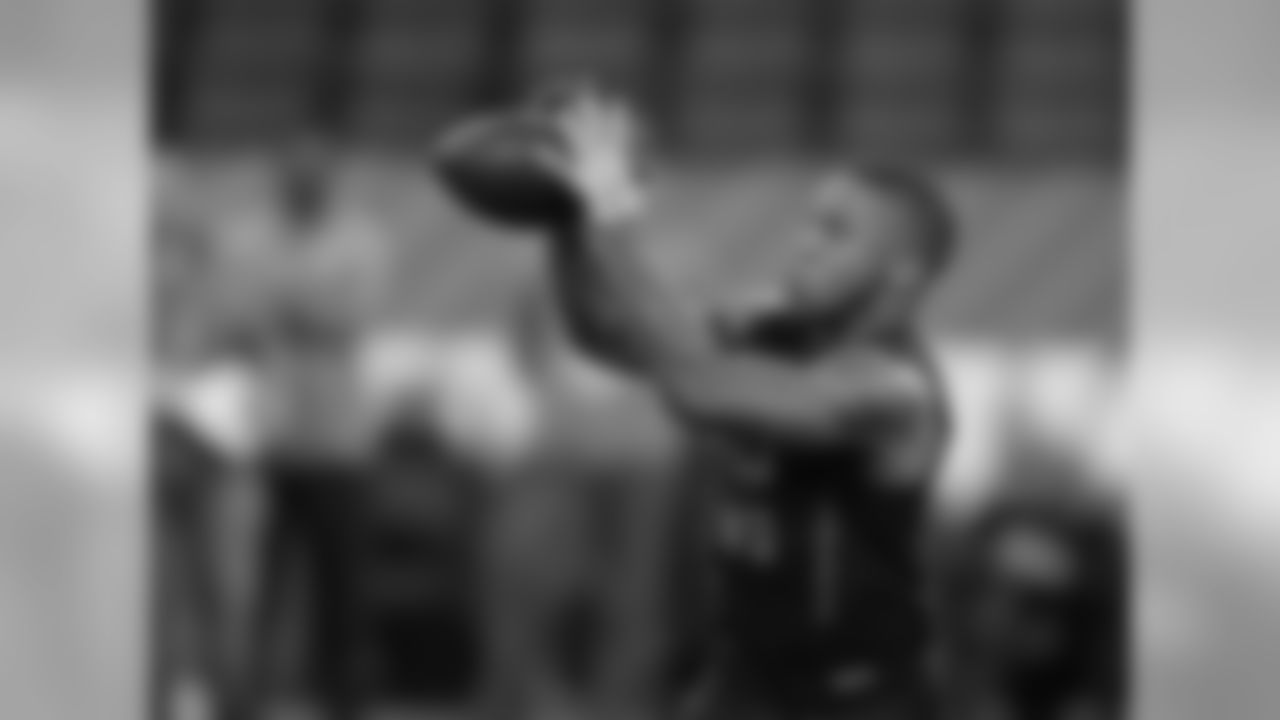
Quadree Henderson

Johnny Holton

Johnny Holton

Johnny Holton

Anthony Johnson

Anthony Johnson

Anthony Johnson

Diontae Johnson

Diontae Johnson

Diontae Johnson

Paxton Lynch

Paxton Lynch
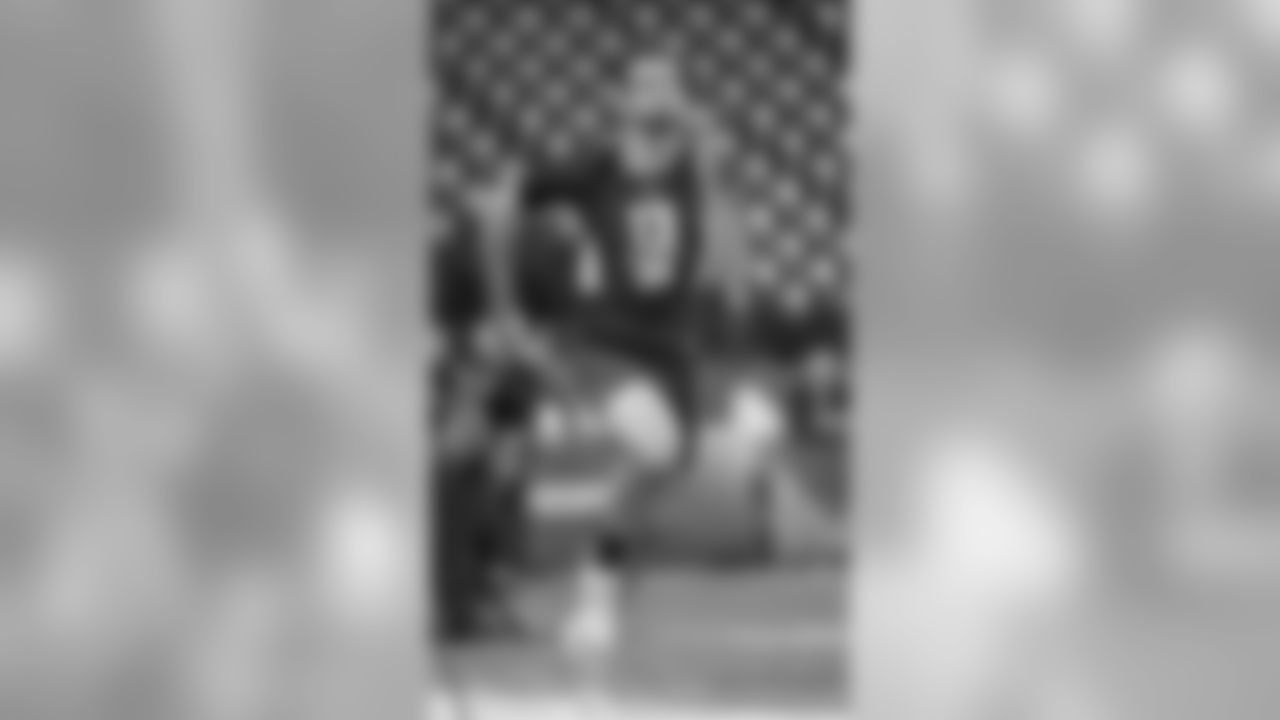
Paxton Lynch

Vance McDonald

Vance McDonald

Vance McDonald

Chukwuma Okorafor

Chukwuma Okorafor

Chukwuma Okorafor

Maurkice Pouncey

Maurkice Pouncey
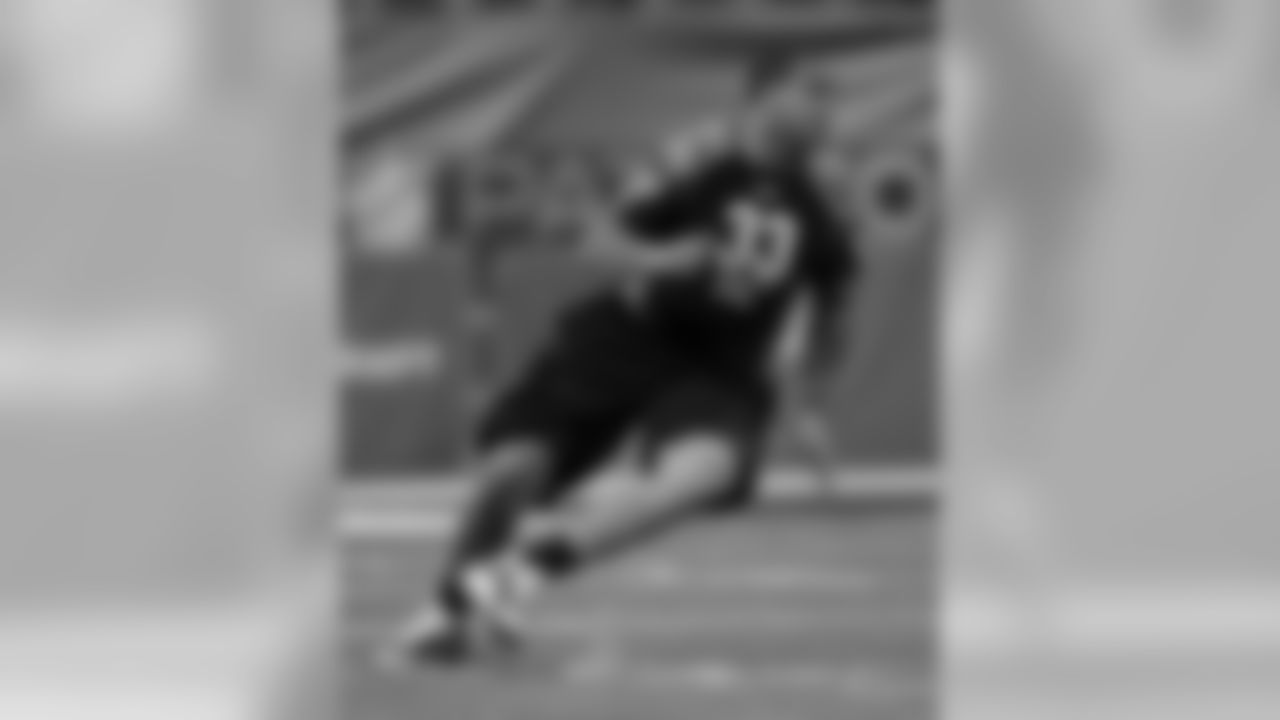
Maurkice Pouncey

Ben Roethlisberger
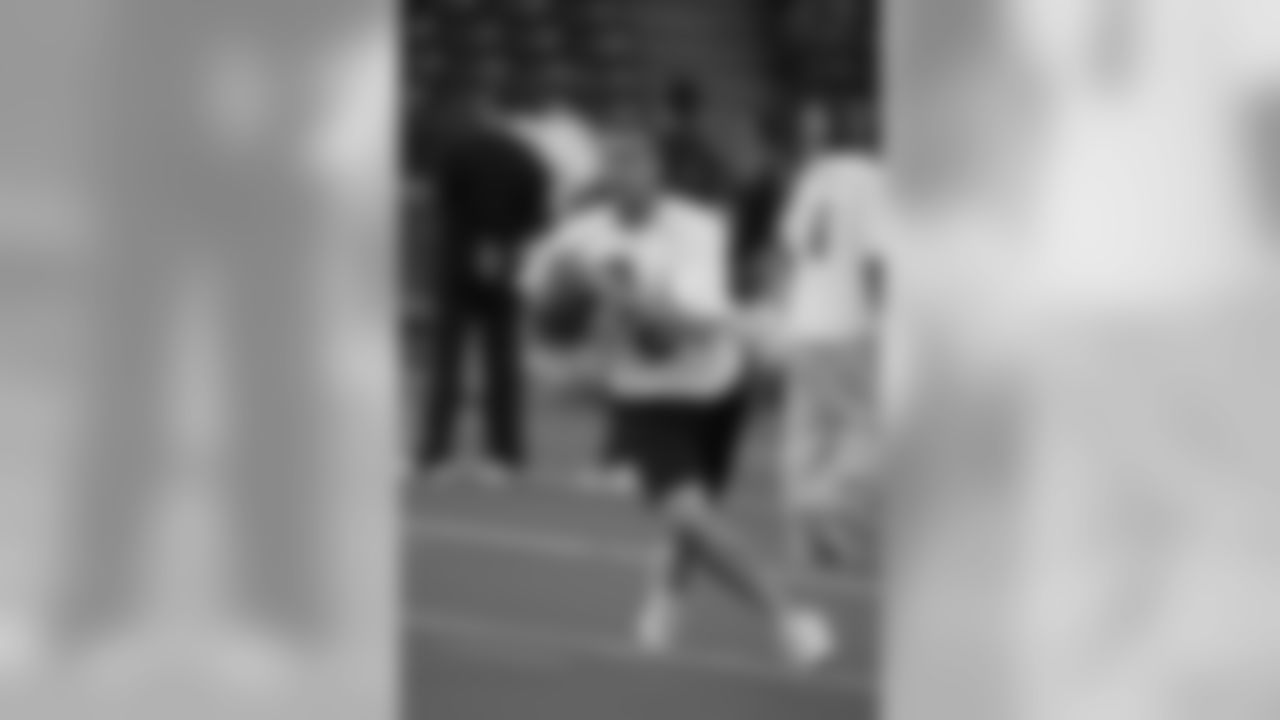
Ben Roethlisberger

Ben Roethlisberger

Mason Rudolph
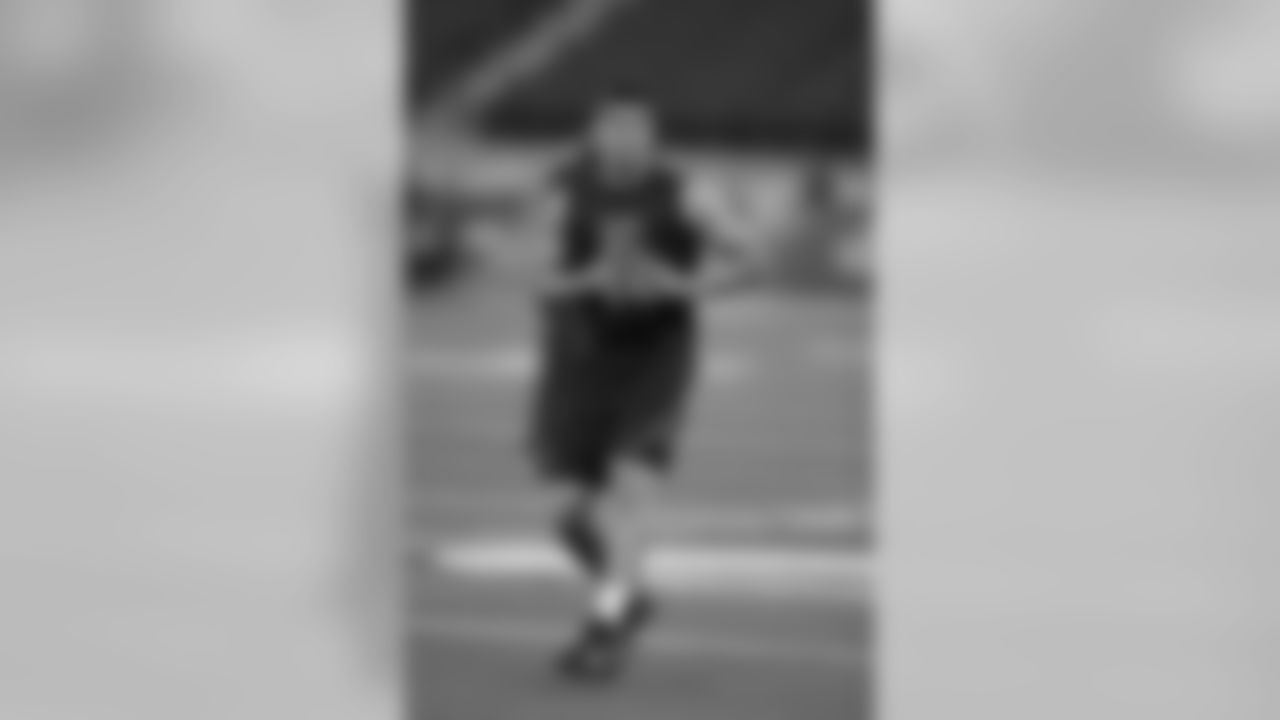
Mason Rudolph

Mason Rudolph

Jaylen Samuels
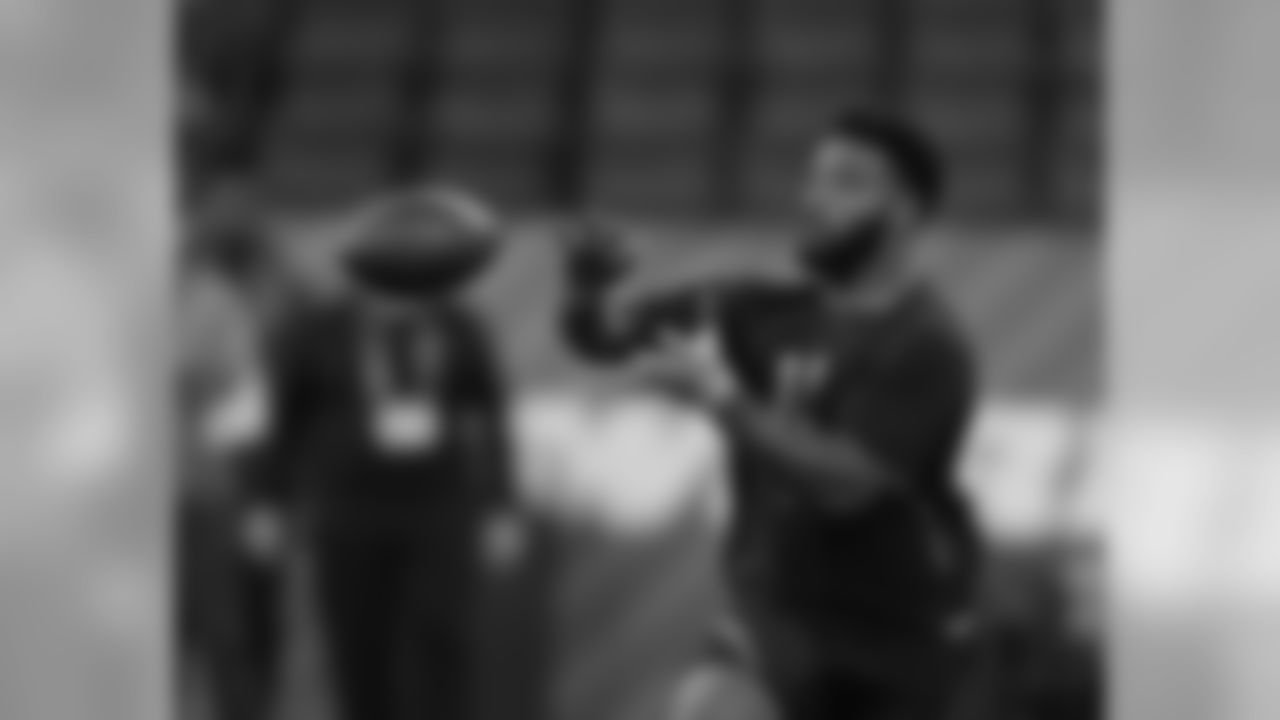
Jaylen Samuels
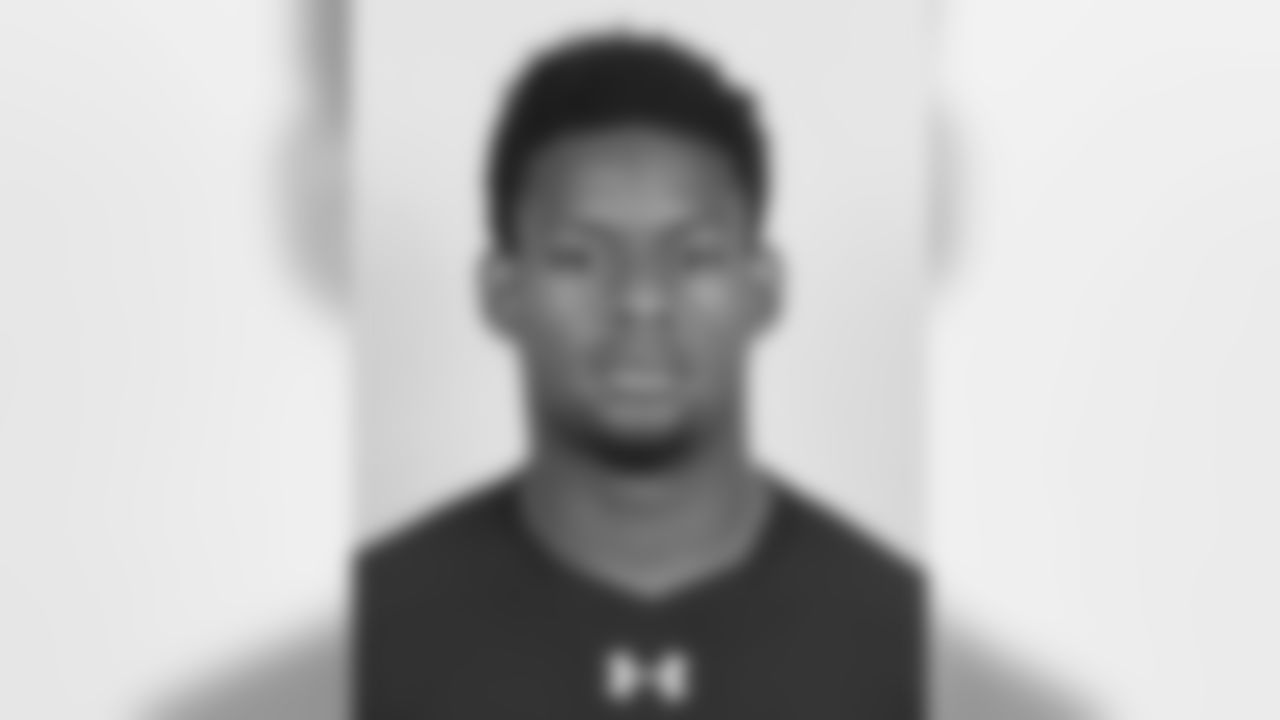
JuJu Smith-Schuster
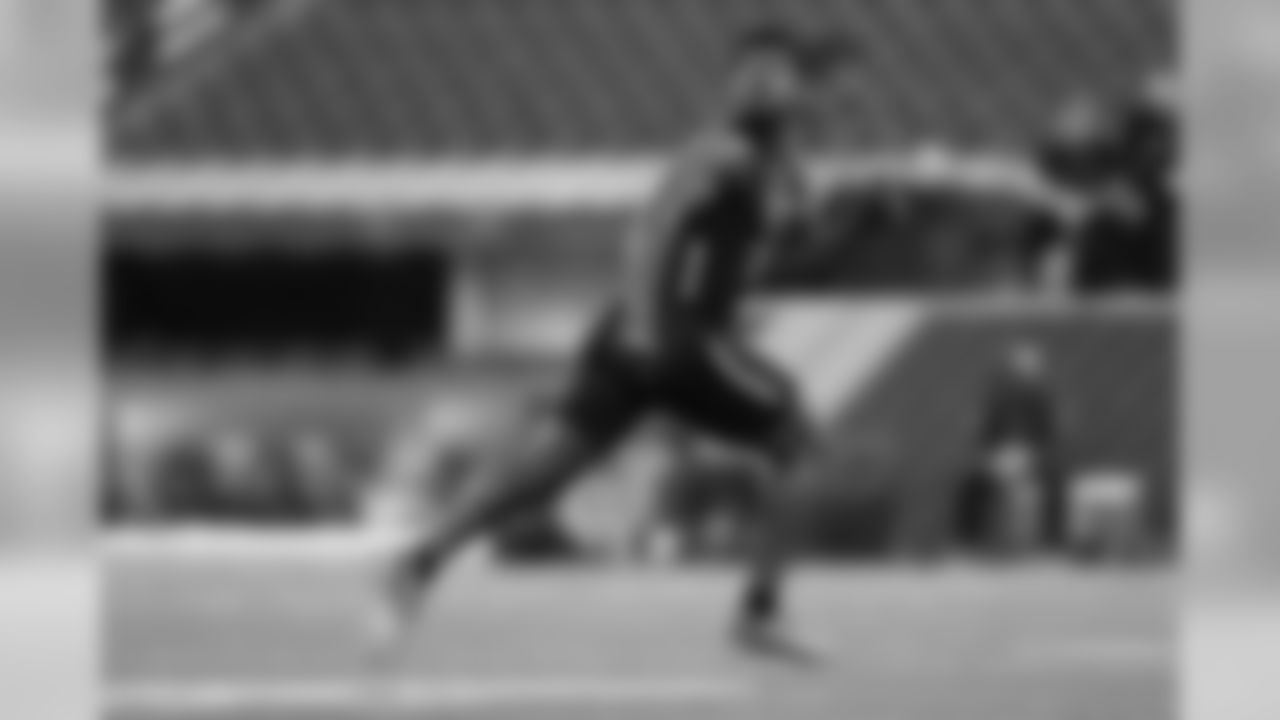
JuJu Smith-Schuster

JuJu Smith-Schuster
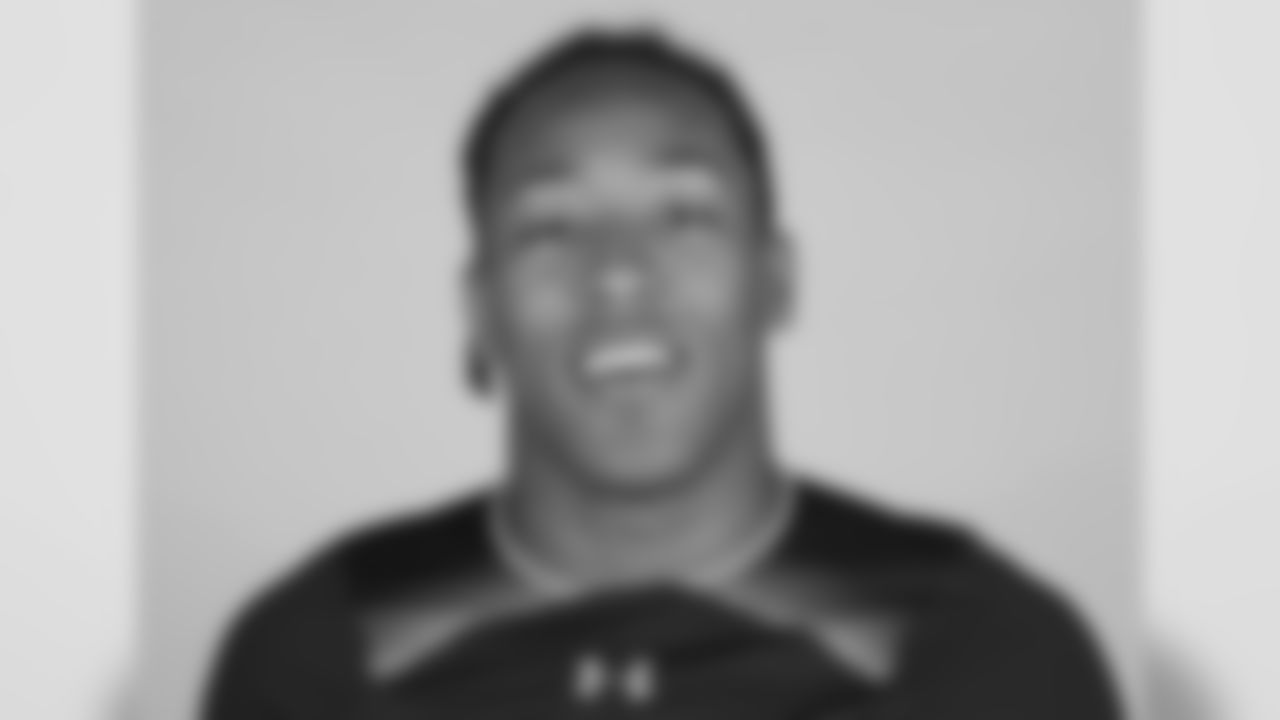
Benny Snell Jr.
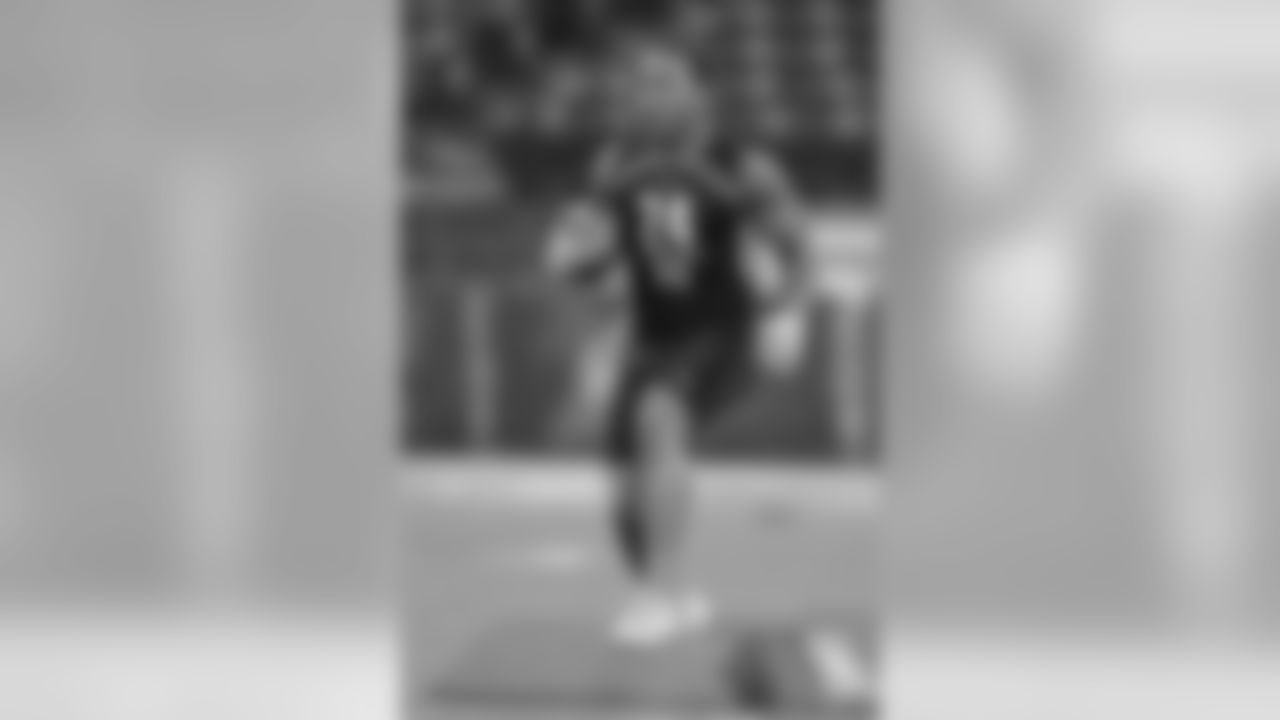
Benny Snell Jr.
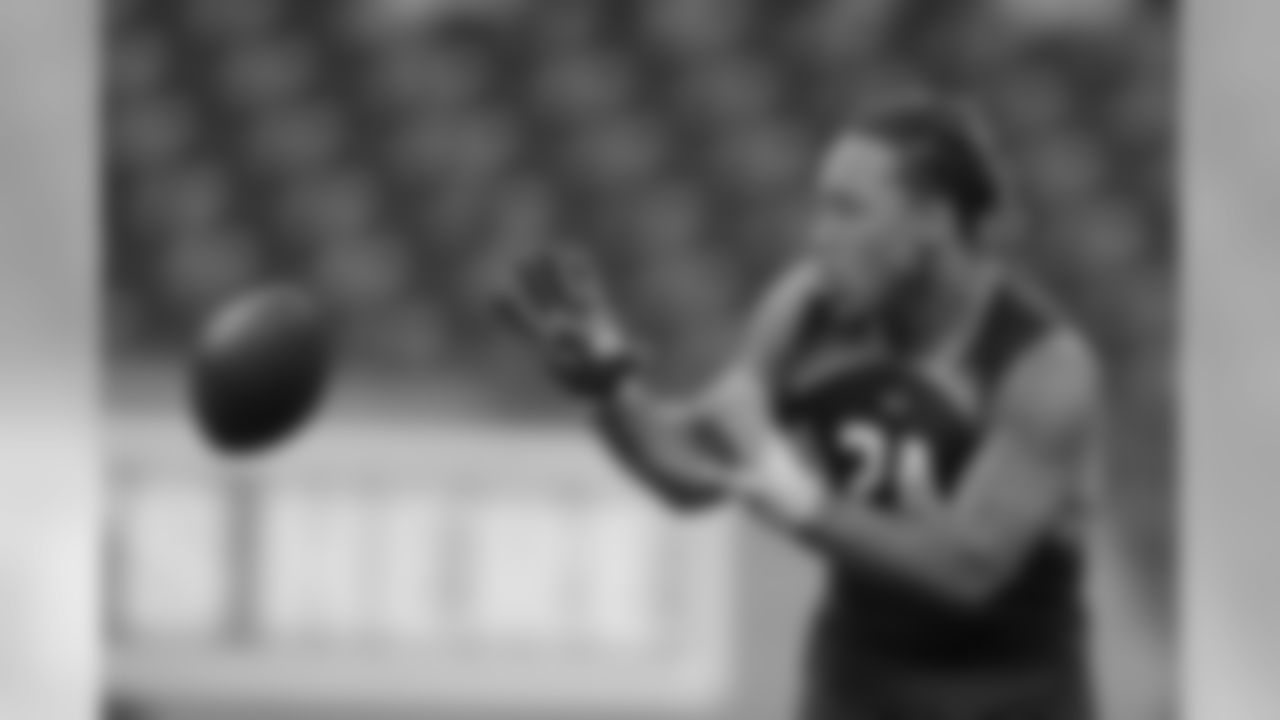
Benny Snell Jr.

Ryan Switzer
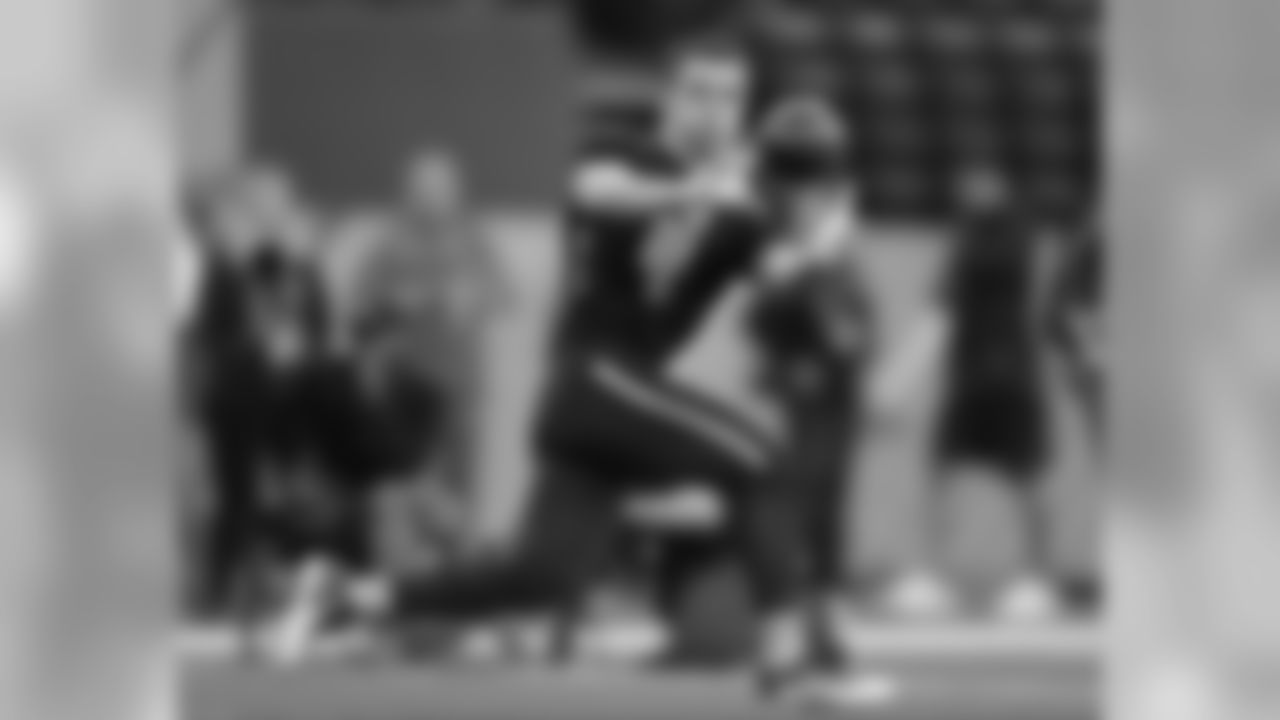
Ryan Switzer
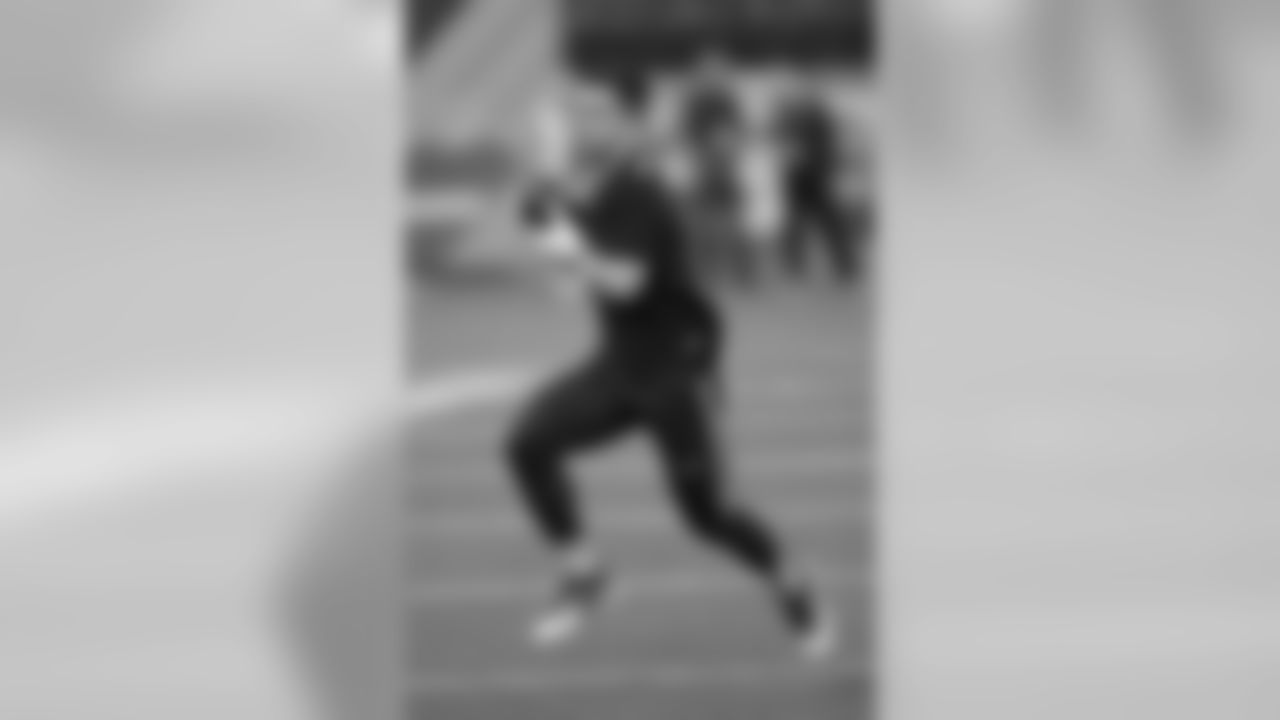
Ryan Switzer

Nick Vannett

Nick Vannett
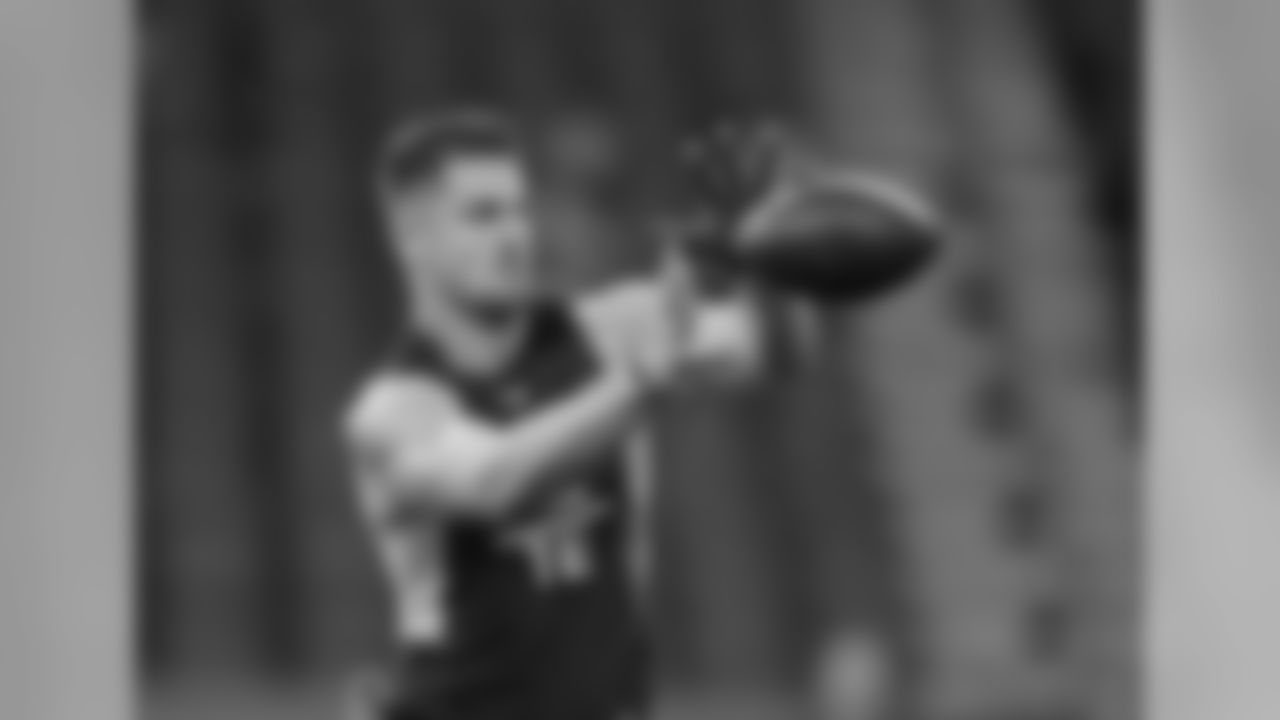
Nick Vannett

James Washington

James Washington

James Washington
Okay, next up for me is the test results. Ignoring the numbers gathered at the Combine would be foolish but overeating to them is every bit as much of a mistake. A mistake that scouts can easily make is giving a player double credit for a trait.
Here is an easy example: Alabama's Henry Ruggs is clearly one of the fastest players in college football. If I wrote a report on Ruggs based just off his game film, I would grade his speed extremely high. You do not need a trained eye to see that Ruggs can fly on the football field. But let's just say that Ruggs comes to Indianapolis and runs in the 4.2s. Should I bump up my speed grade on Ruggs? The short answer is no. Don't give him double credit for being fast. You knew he was fast and that already reflected in your grade.
However, there are times when the Combine numbers don't jive with what you saw on tape. A player can exceed expectations in speed, explosion, strength or change of direction tests. Or he could shock you by underperforming. This is bound to happen with quite a few players. Once again, did Johnny have an injury during the year? Was his body more beat up in November than it is now? We have to find those answers to make the best evaluation.
With these players that have testing numbers that don't jive with what they showed on film, what should we do? Well, go back to the film. Watch different games. Watch games knowing in your mind that maybe you misevaluated the young man the first time around. Make your decision knowing that you have more information now than you did originally. But also know, that Johnny was spent countless hours perfecting his start for the 40-yard dash since he last put on pads. He has trained to be a sprinter, not a wide receiver, linebacker or whatever. Johnny has gotten much help to get his testing numbers as close to perfect as his body can produce. That doesn't mean that he is as fast or explosive on the field as the numbers from the Combine suggest. It does mean that he was fast or explosive one day when it mattered most in Indianapolis in a very controlled environment, yet a stressful one.
It is also extremely important to verify a player's body with exact measurements. We now have an exact height and weight, although something players drop weight so they run and move faster. We now have exact arm length and hand size, both which are quite important. We also have a better feel for the player's body type and if maybe he could continue to fill out or add or drop weight and muscle mass.
The most important thing that happens next week in Indianapolis is the medical evaluations. The fact is, for me, that is above my pay grade. I didn't go to medical school. I am not a doctor. There will be durability and medical information in my final report, but when it comes down to it and the team needs to decide if they should draft a player or not and it comes down to the medical, that is why you pay team doctors.
In the end, the Combine is a great and valuable scouting tool. But if I were scouting once again, I would use it is exactly that, one tool in my evaluation toolbox. And the nuts and bolts of my evaluation should already be written in pen before the action in Indianapolis even starts.
Take a look at Steelers defensive players when they were at the NFL Scouting Combine

Olasunkanmi Adeniyi

Olasunkanmi Adeniyi

Olasunkanmi Adeniyi

Marcus Allen
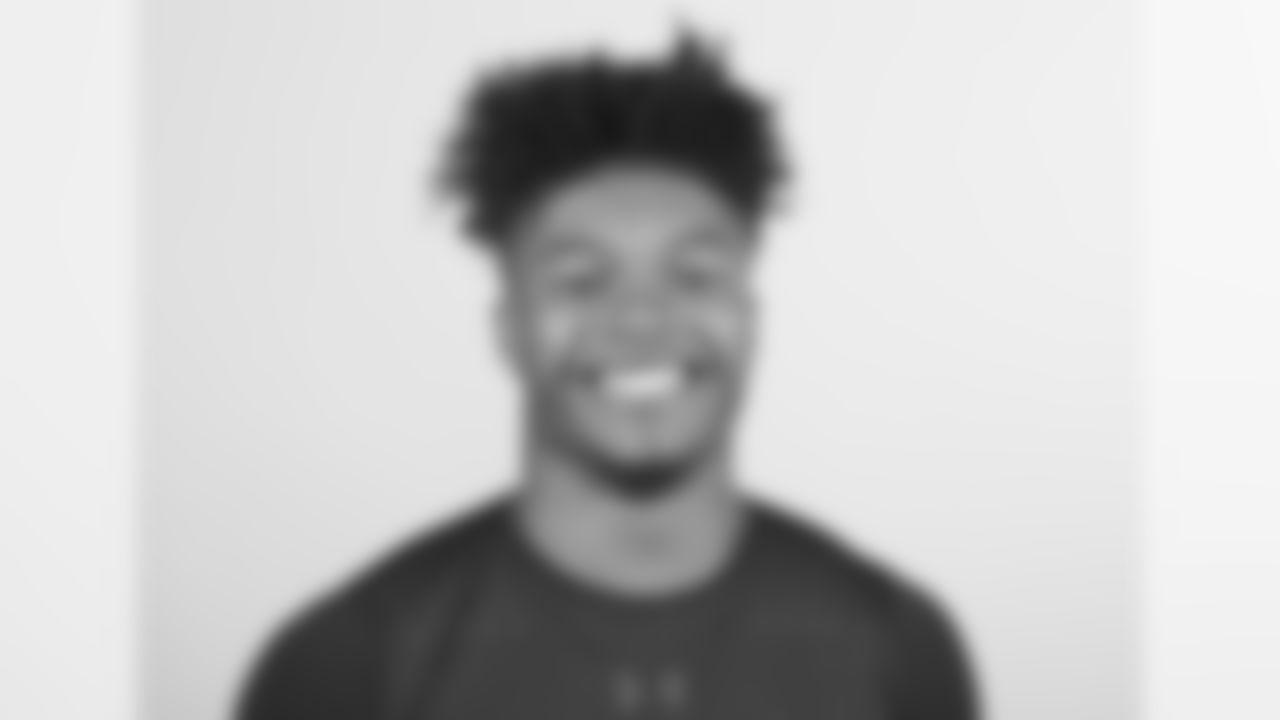
Marcus Allen

Marcus Allen

Tyson Alualu
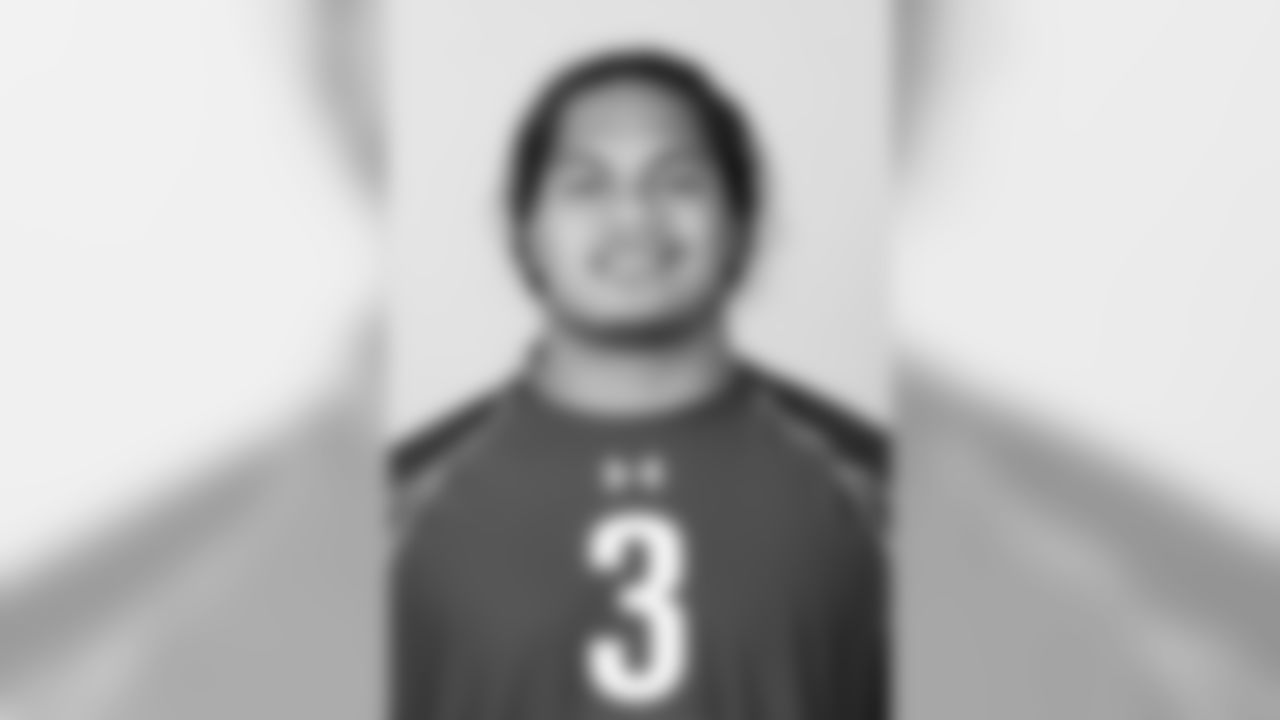
Tyson Alualu

Tyson Alualu
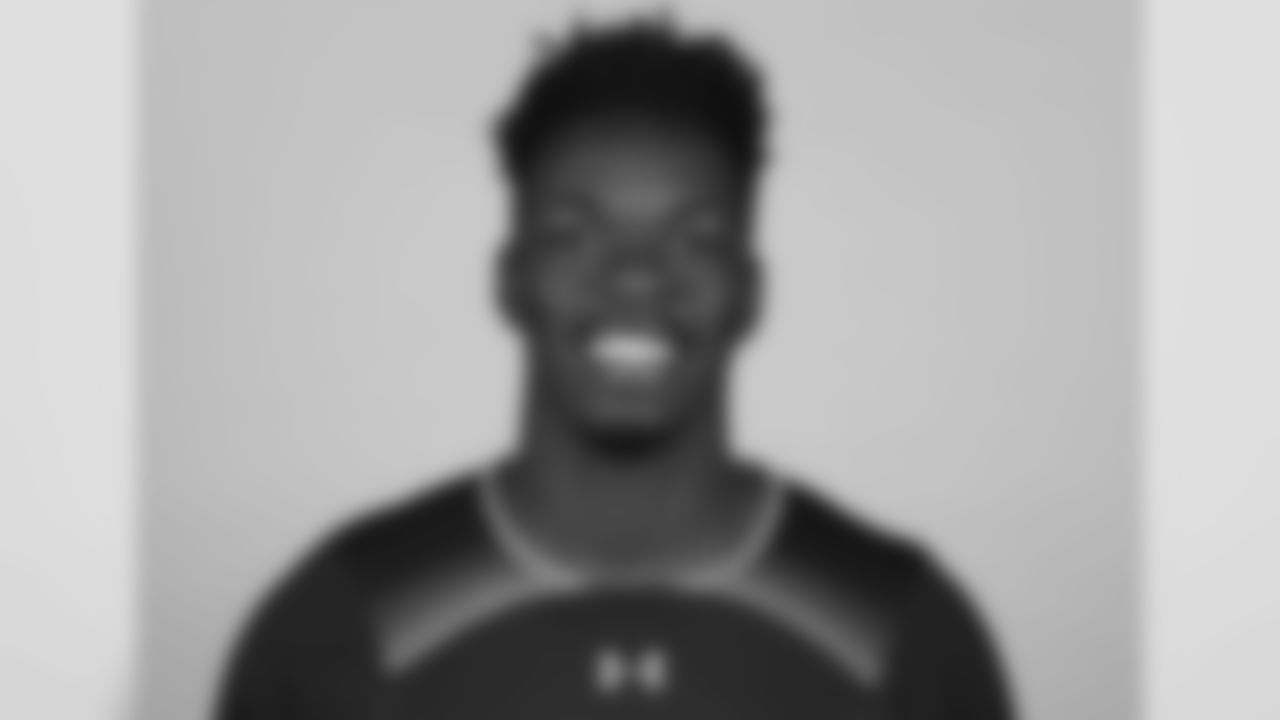
John Battle
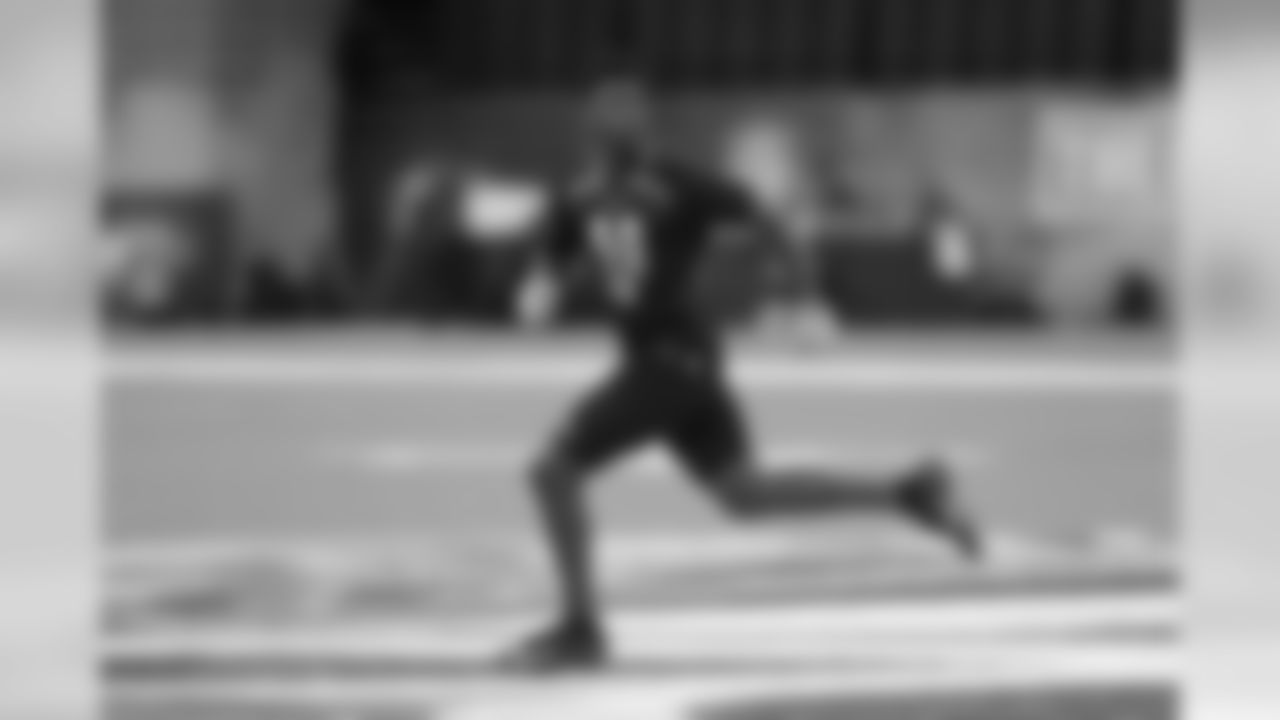
John Battle
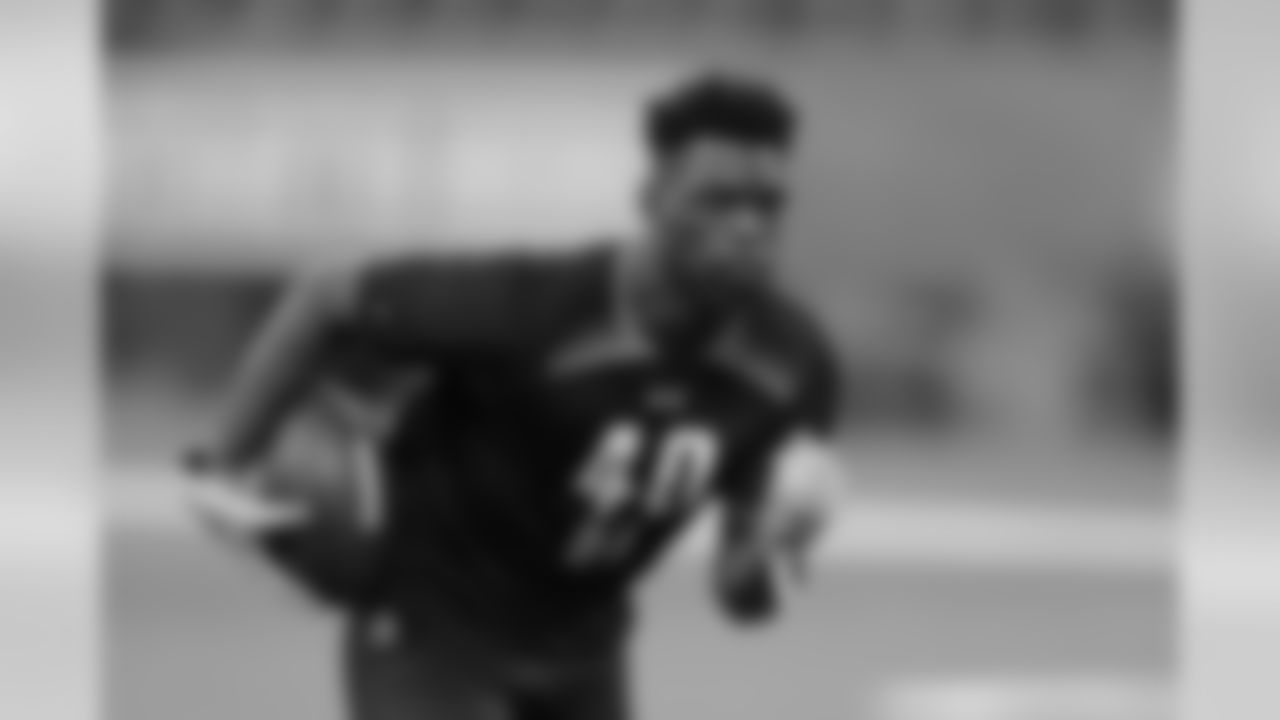
John Battle
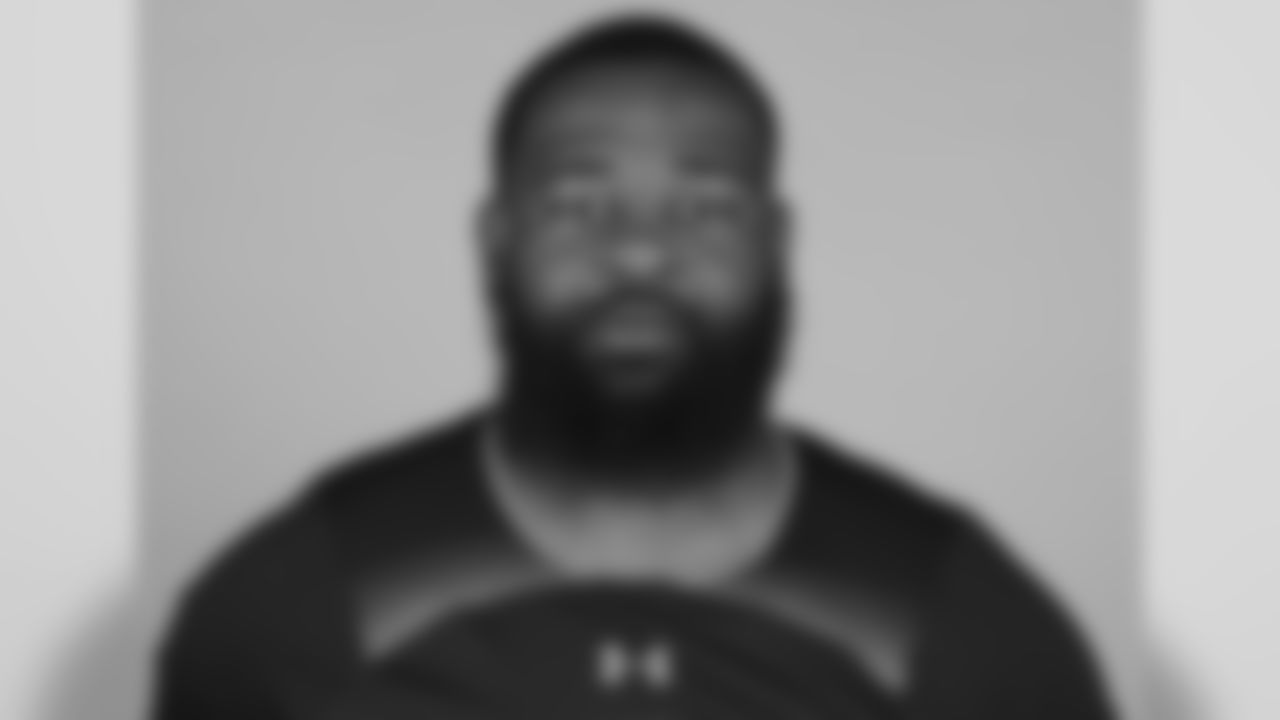
Isaiah Buggs

Isaiah Buggs
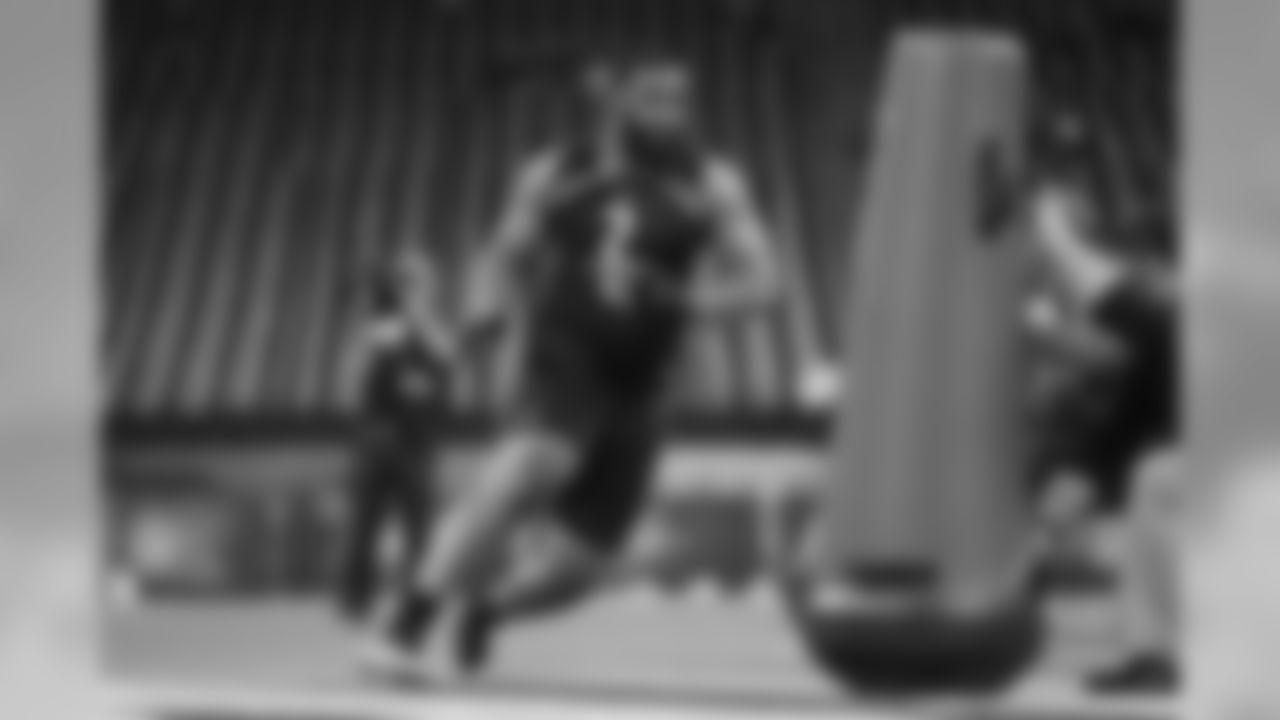
Isaiah Buggs

Artie Burns

Artie Burns

Devin Bush
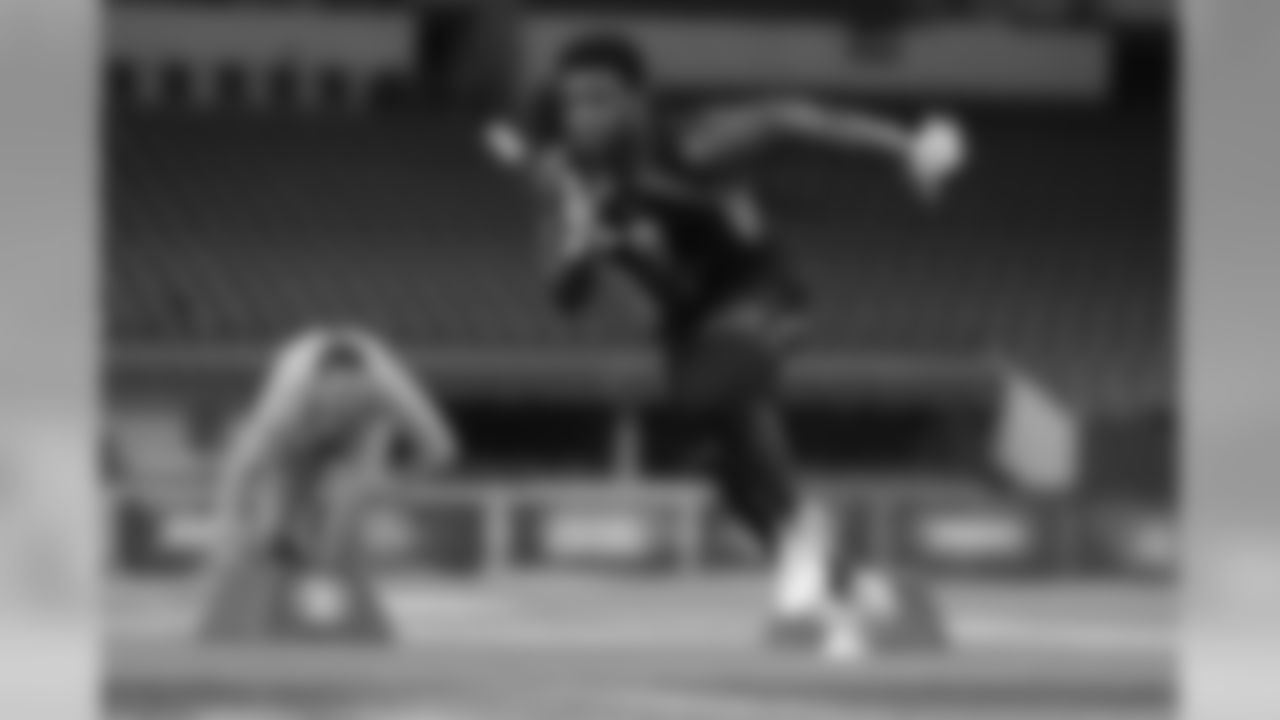
Devin Bush
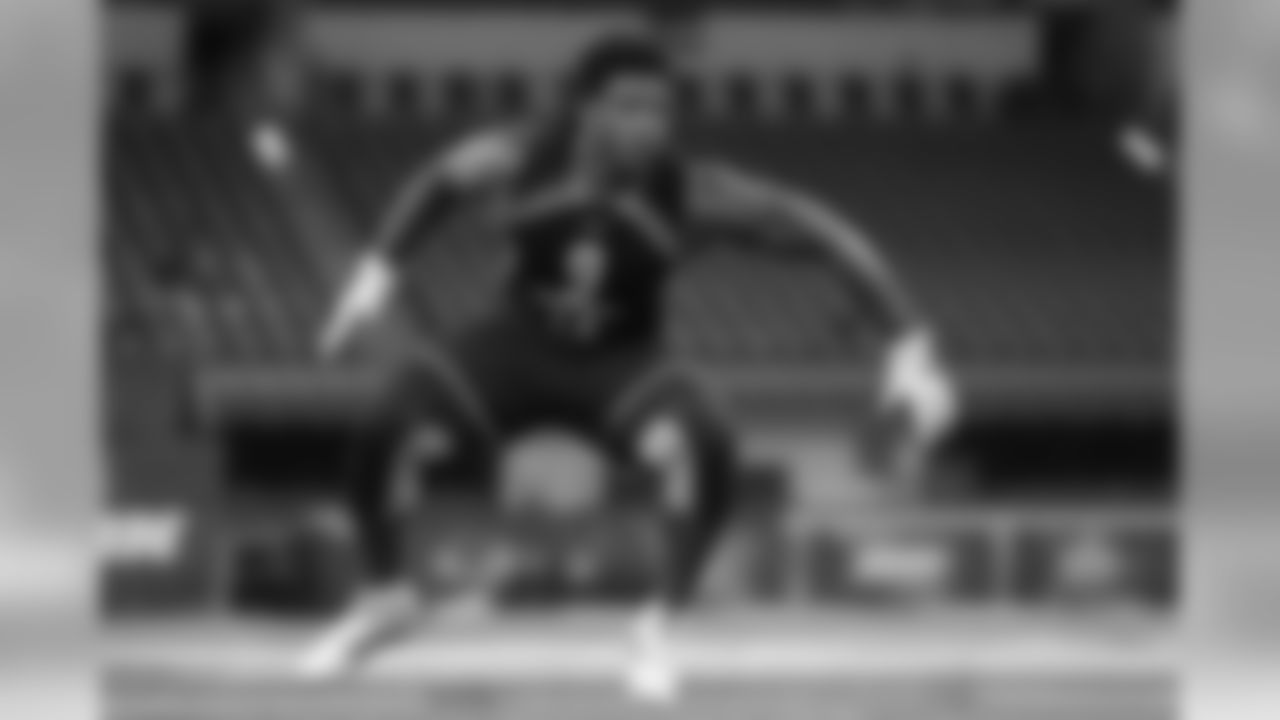
Devin Bush

Anthony Chickillo
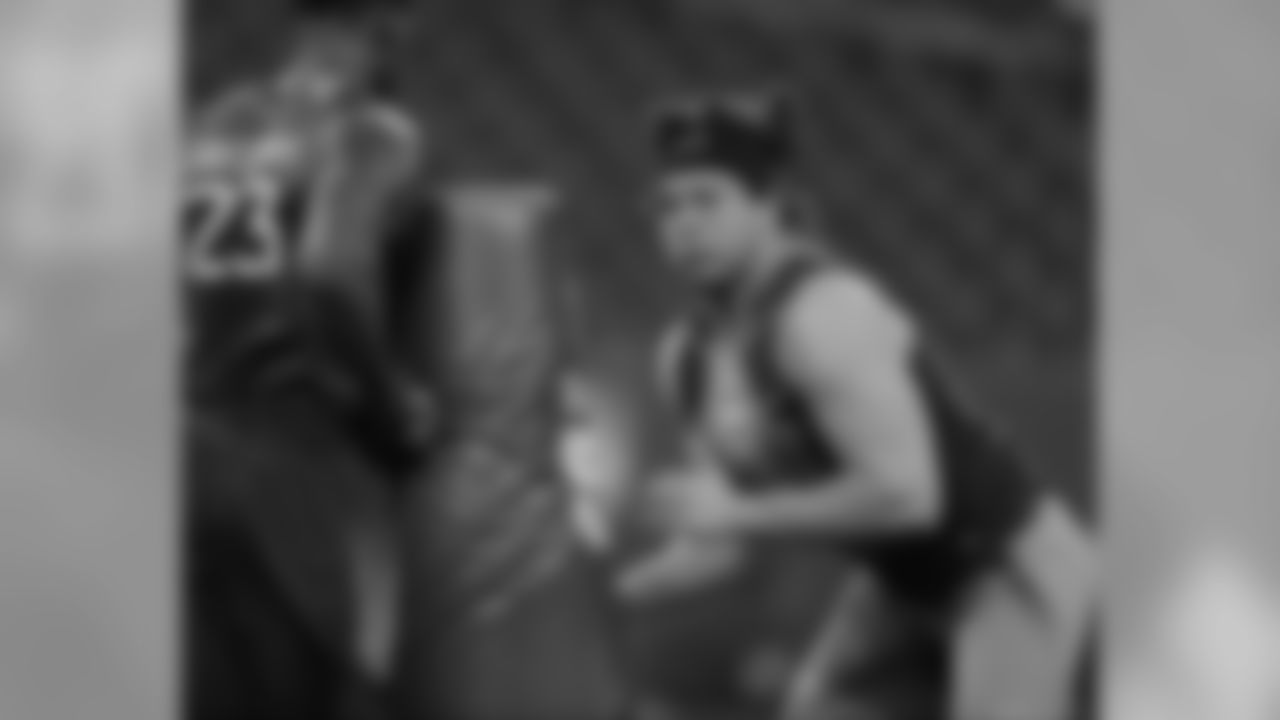
Anthony Chickillo
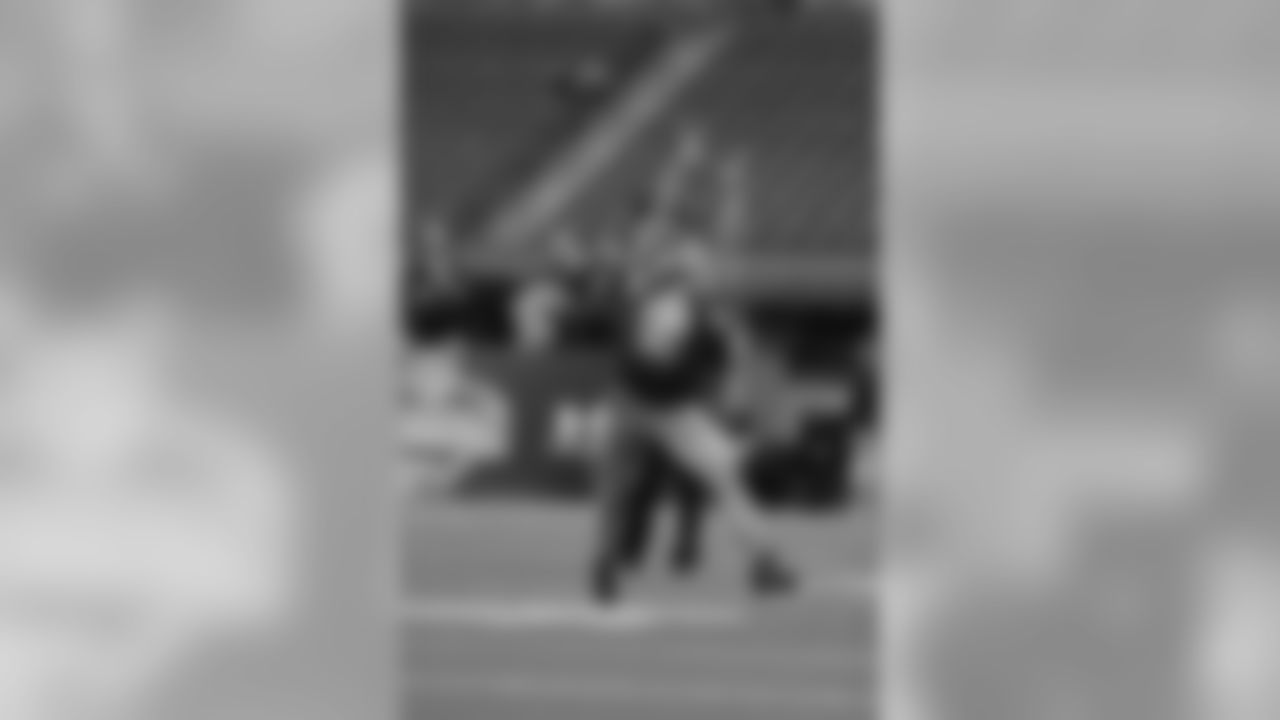
Anthony Chickillo
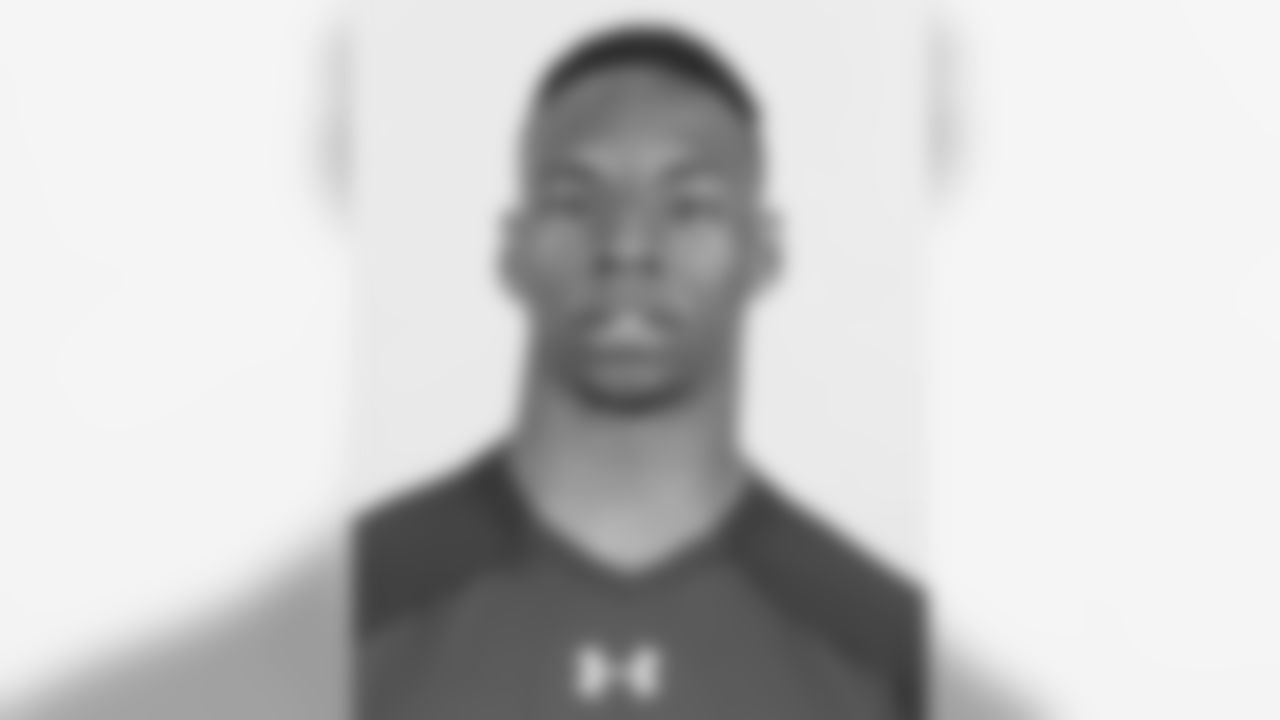
Sean Davis
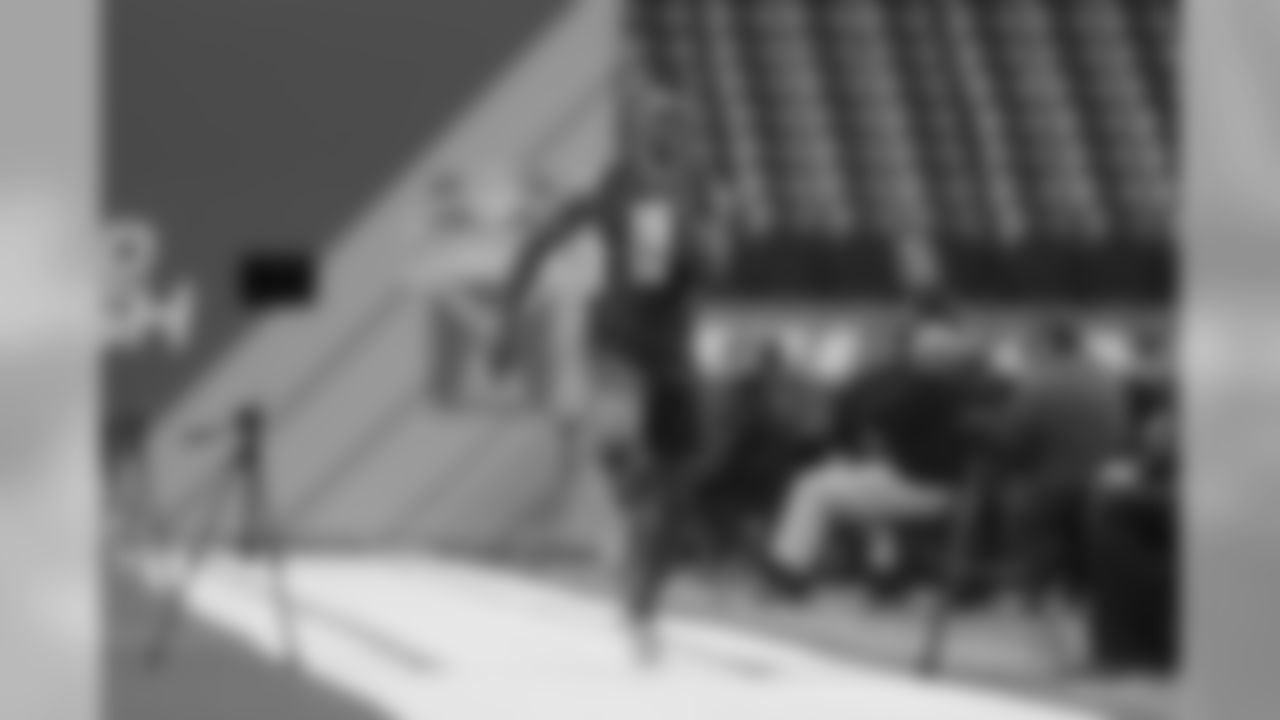
Sean Davis

Sean Davis

Bud Dupree

Bud Dupree
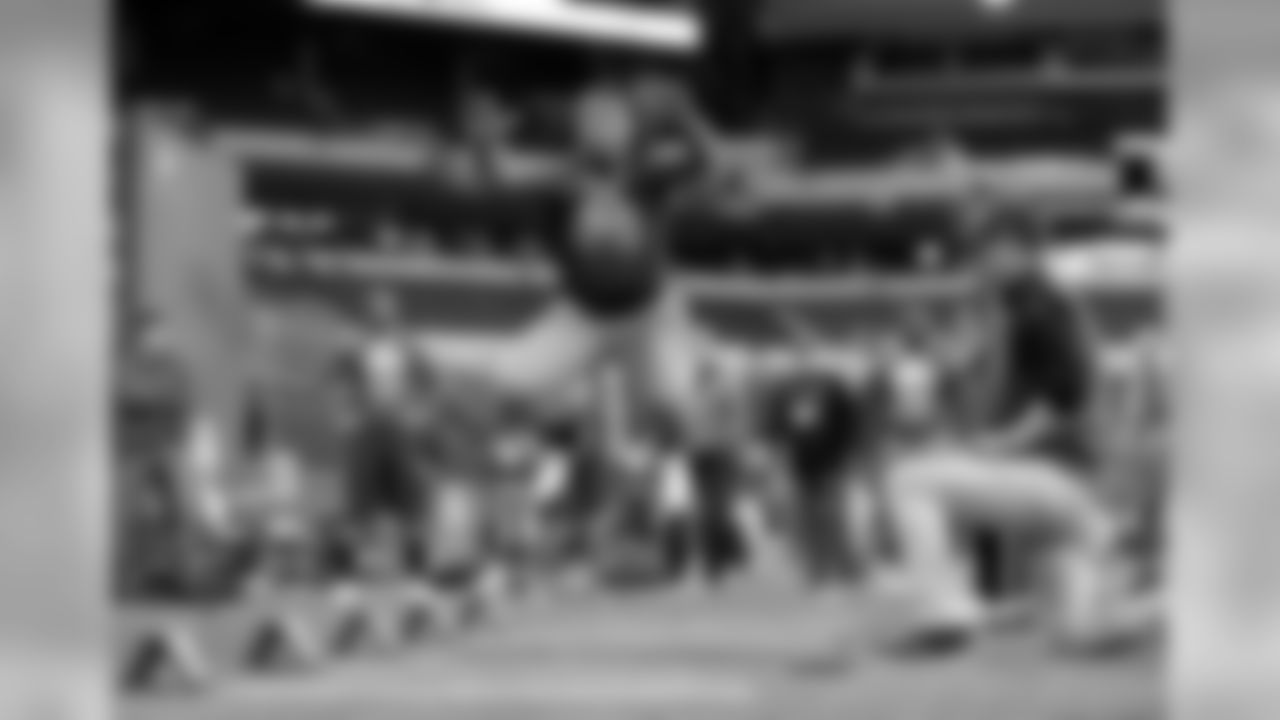
Bud Dupree

Terrell Edmunds

Terrell Edmunds

Terrell Edmunds

Minkah Fitzpatrick

Minkah Fitzpatrick
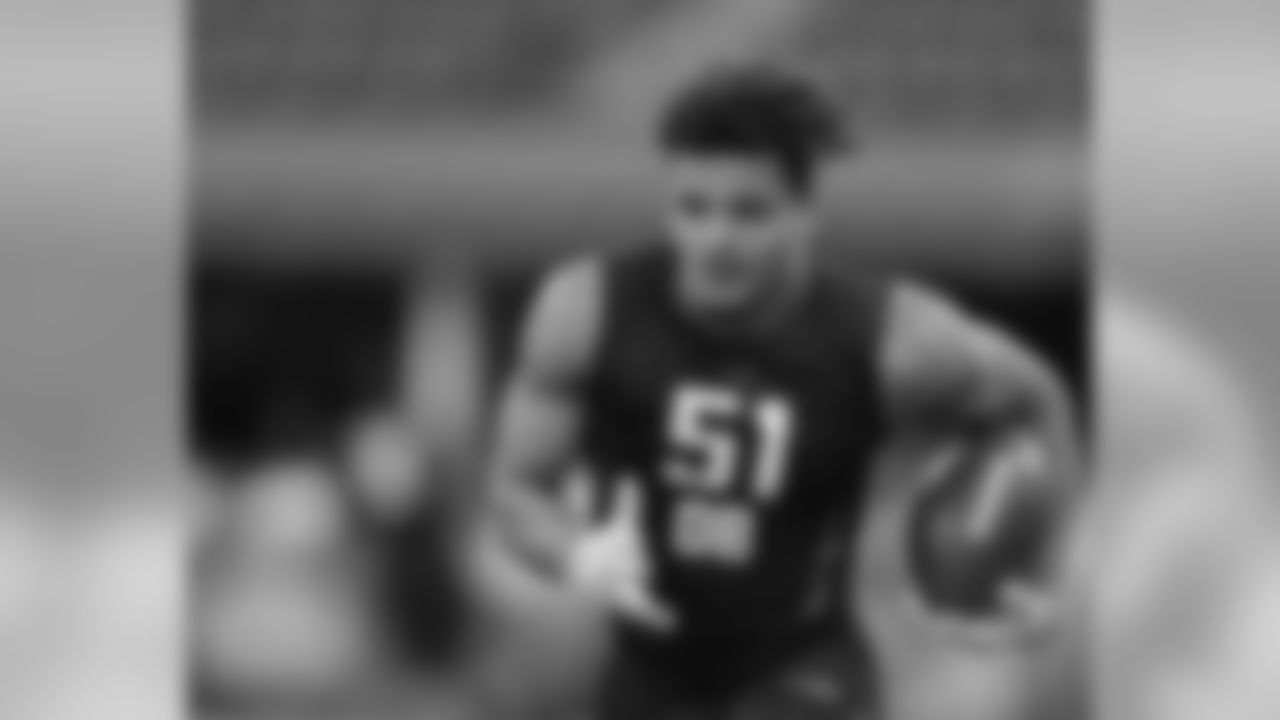
Minkah Fitzpatrick
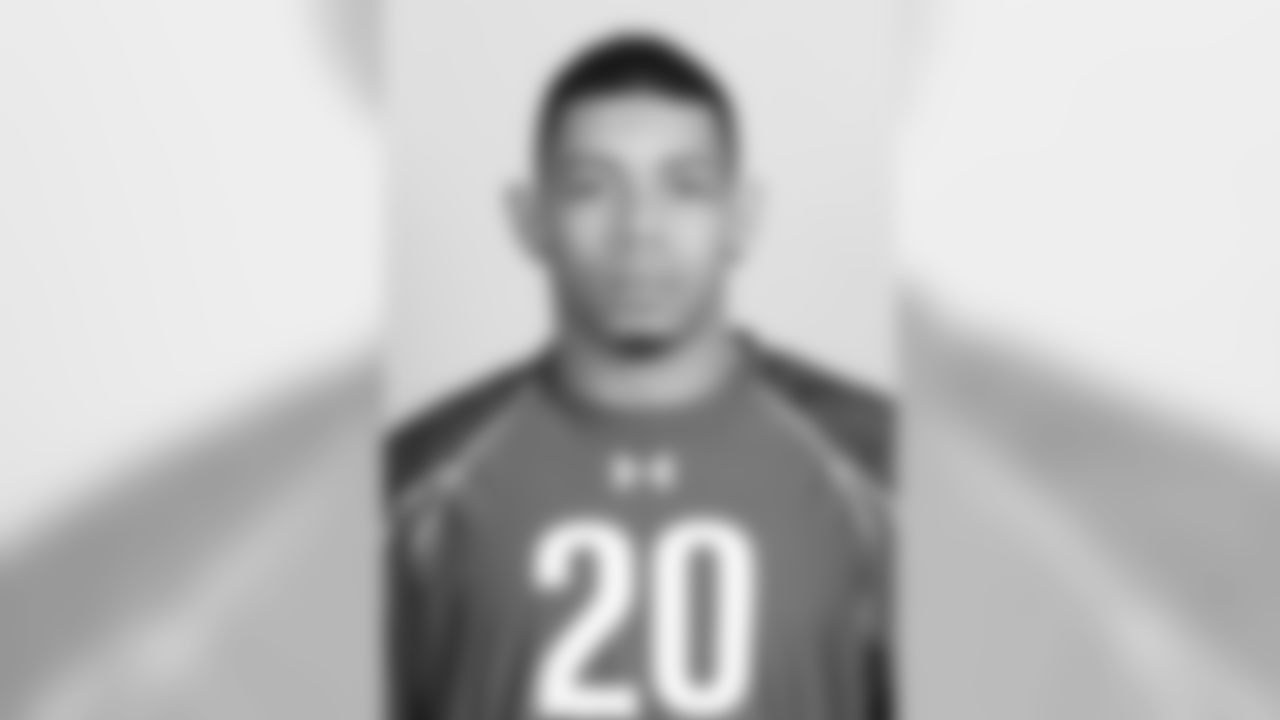
Joe Haden
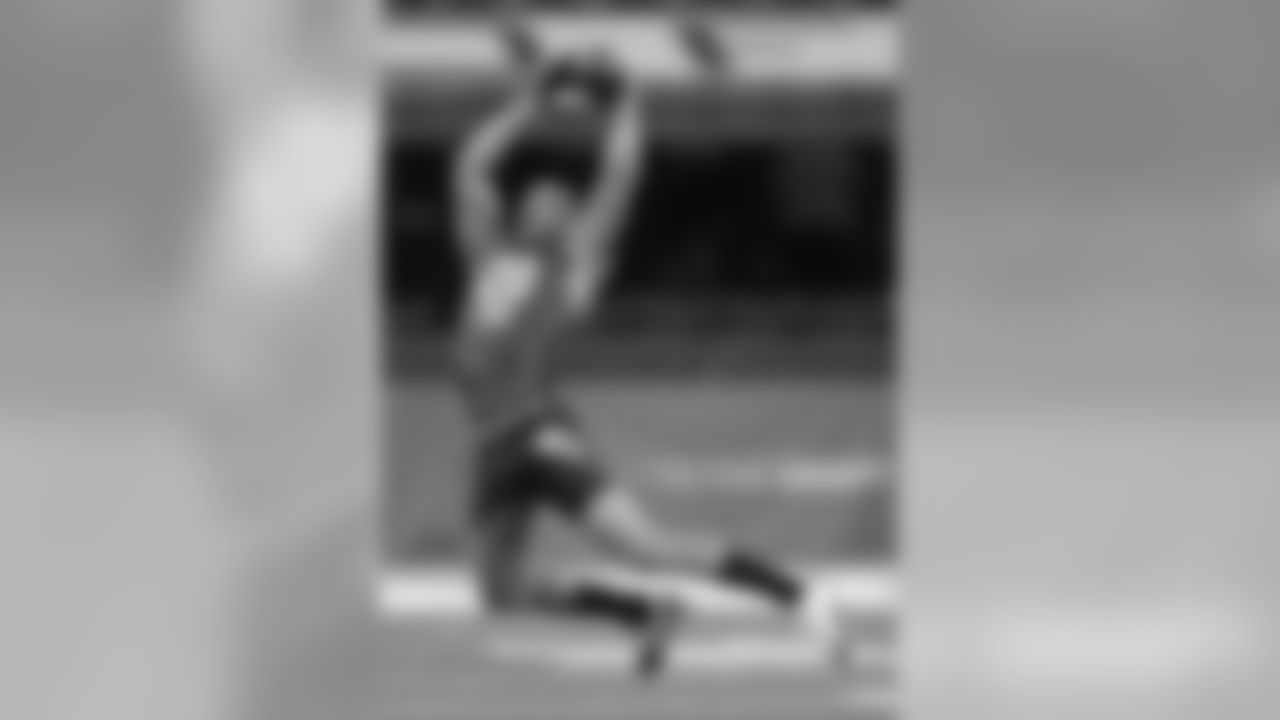
Joe Haden

Joe Haden

Javon Hargrave

Javon Hargrave

Javon Hargrave
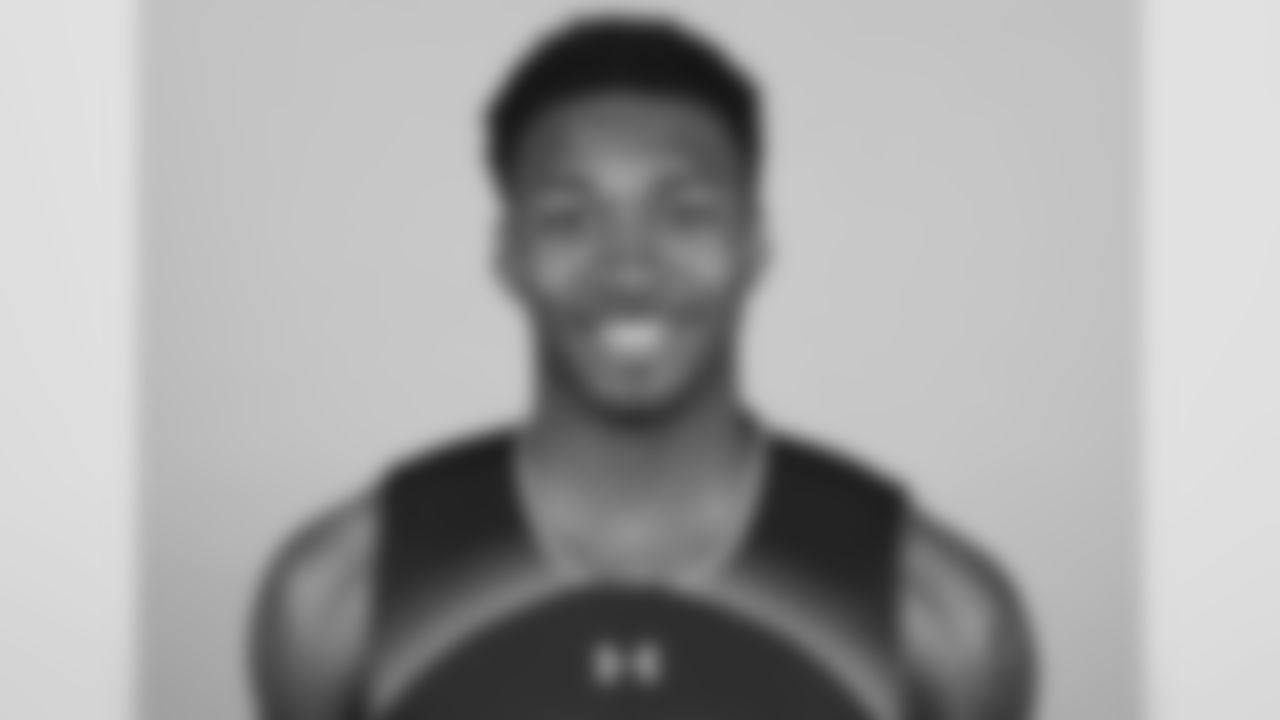
Justin Layne

Justin Layne

Justin Layne

Tyler Matakevich

Tyler Matakevich
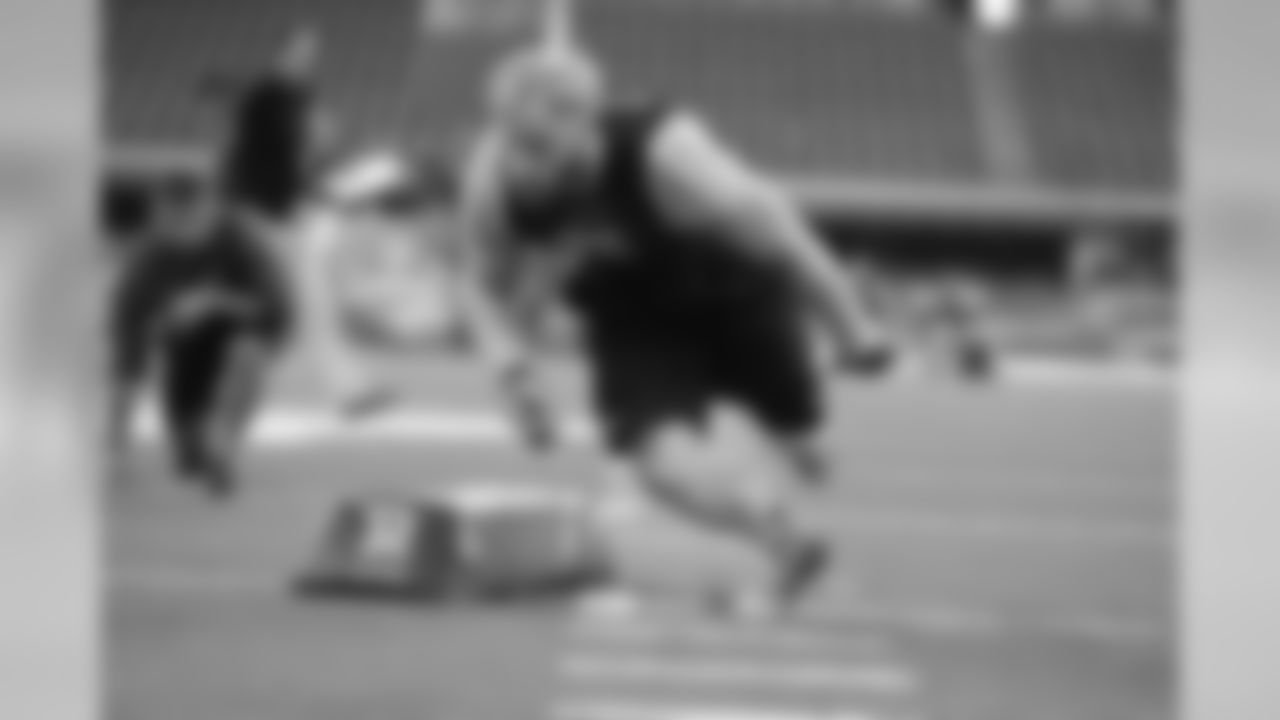
Tyler Matakevich
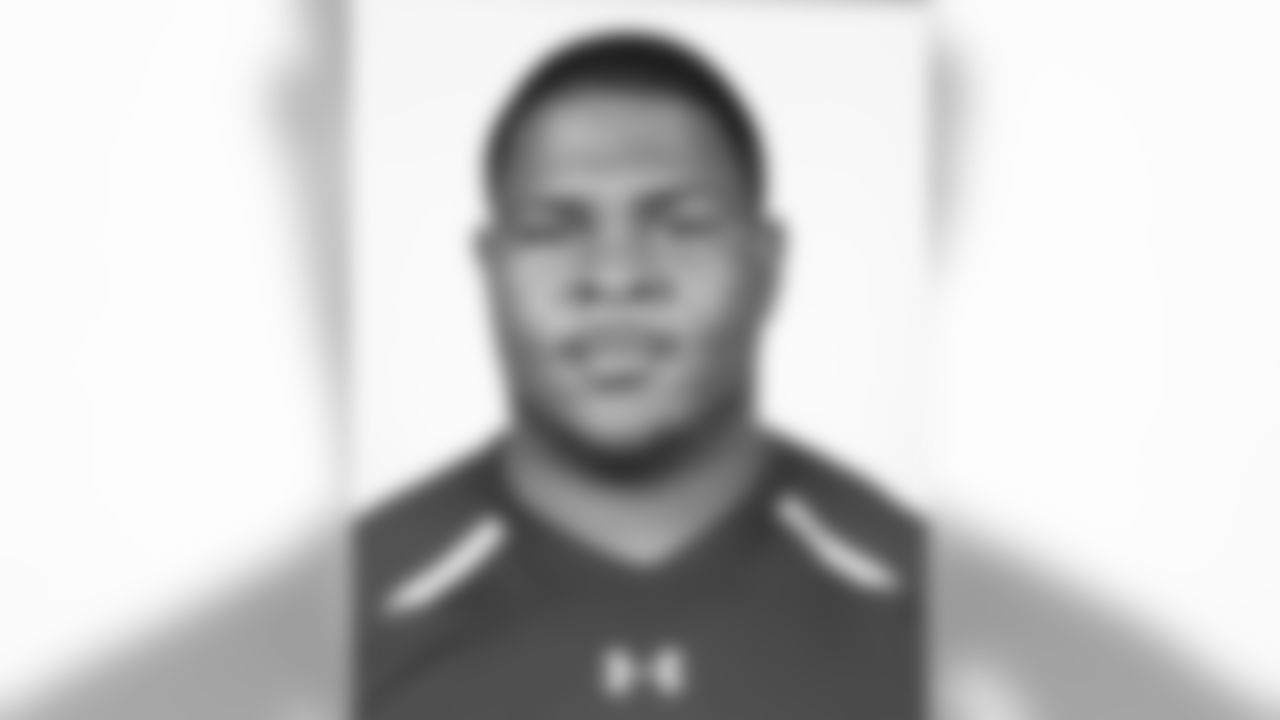
Dan McCullers
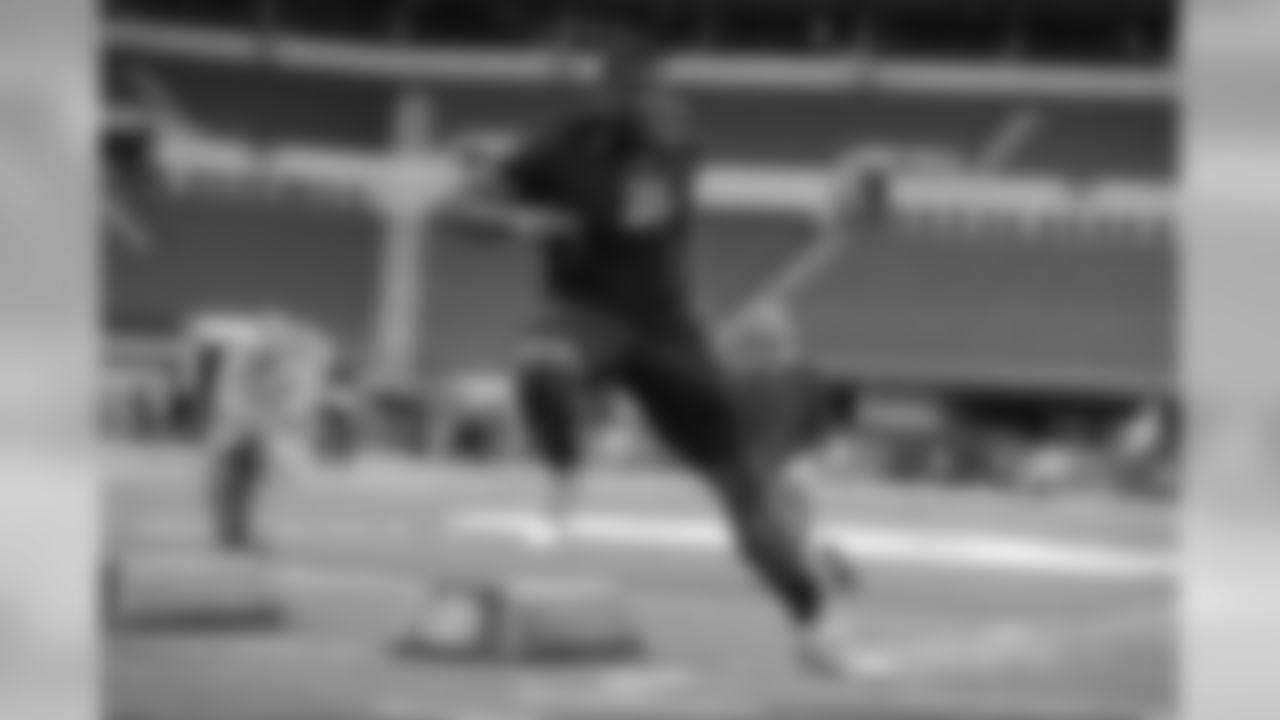
Dan McCullers
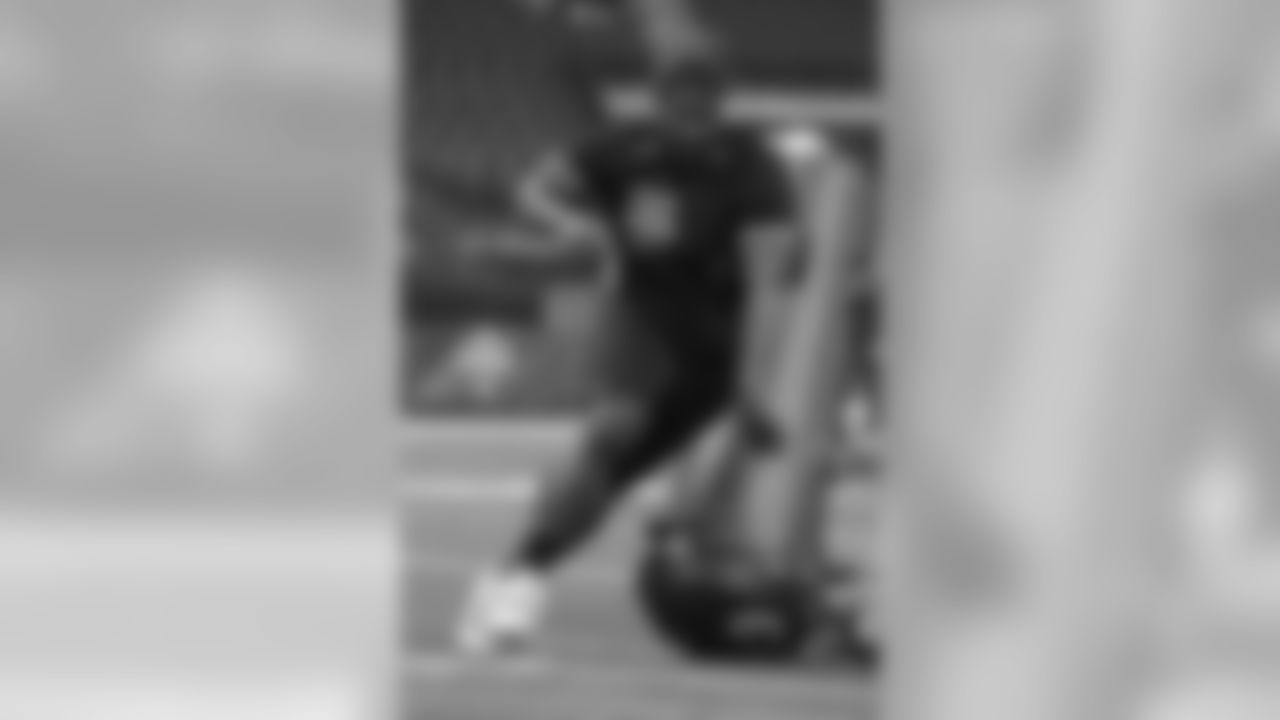
Dan McCullers

Steven Nelson

Steven Nelson

Steven Nelson

Cameron Sutton

Cameron Sutton

Cameron Sutton

Stephon Tuitt
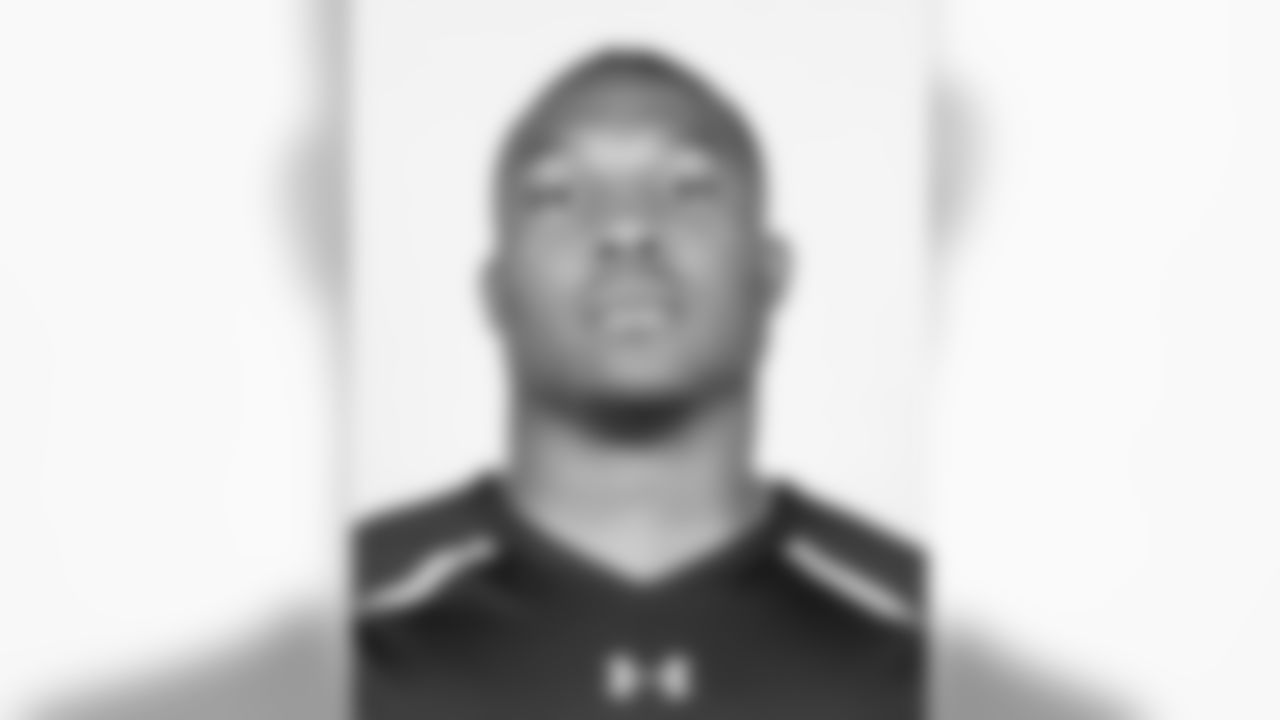
Stephon Tuitt
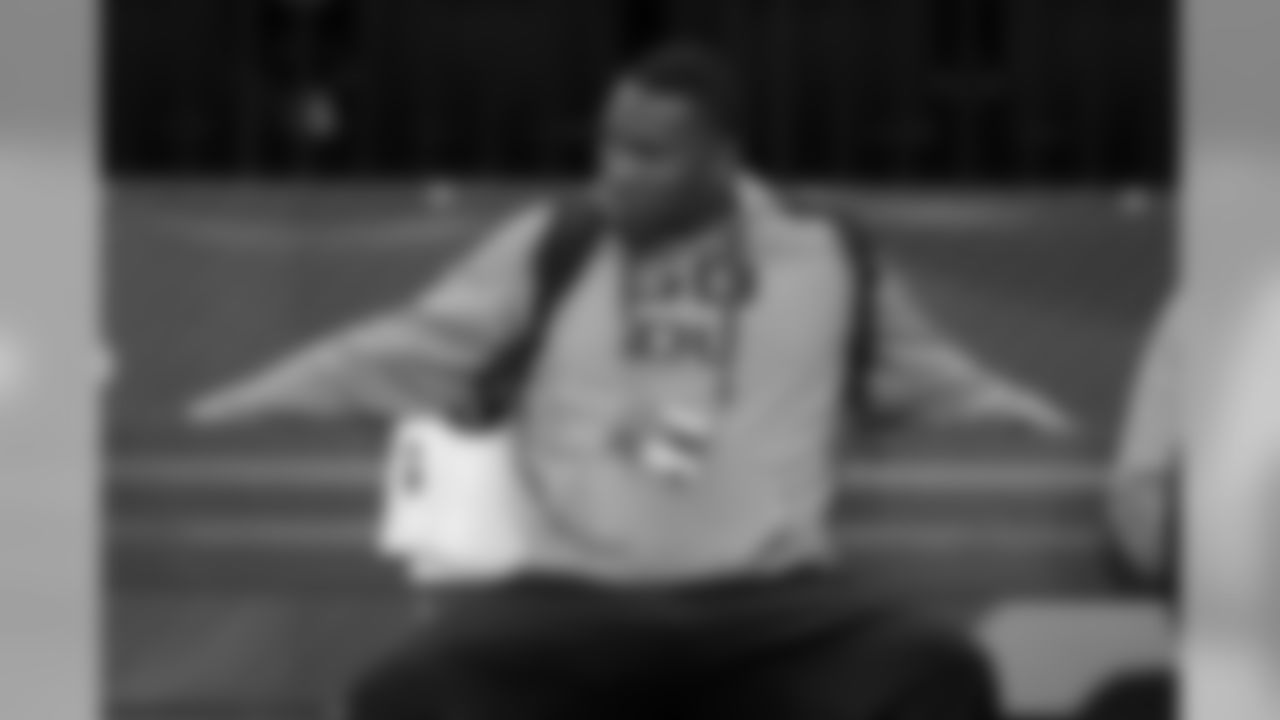
Stephon Tuitt
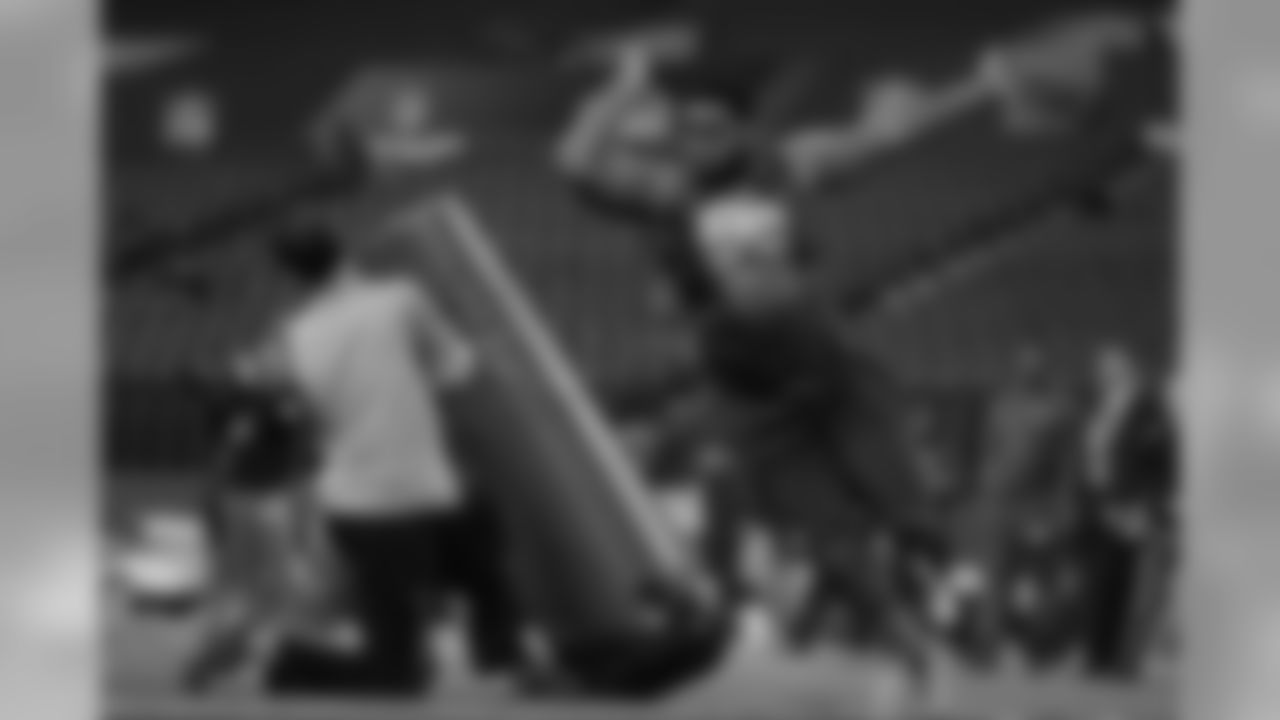
L.T. Walton

L.T. Walton
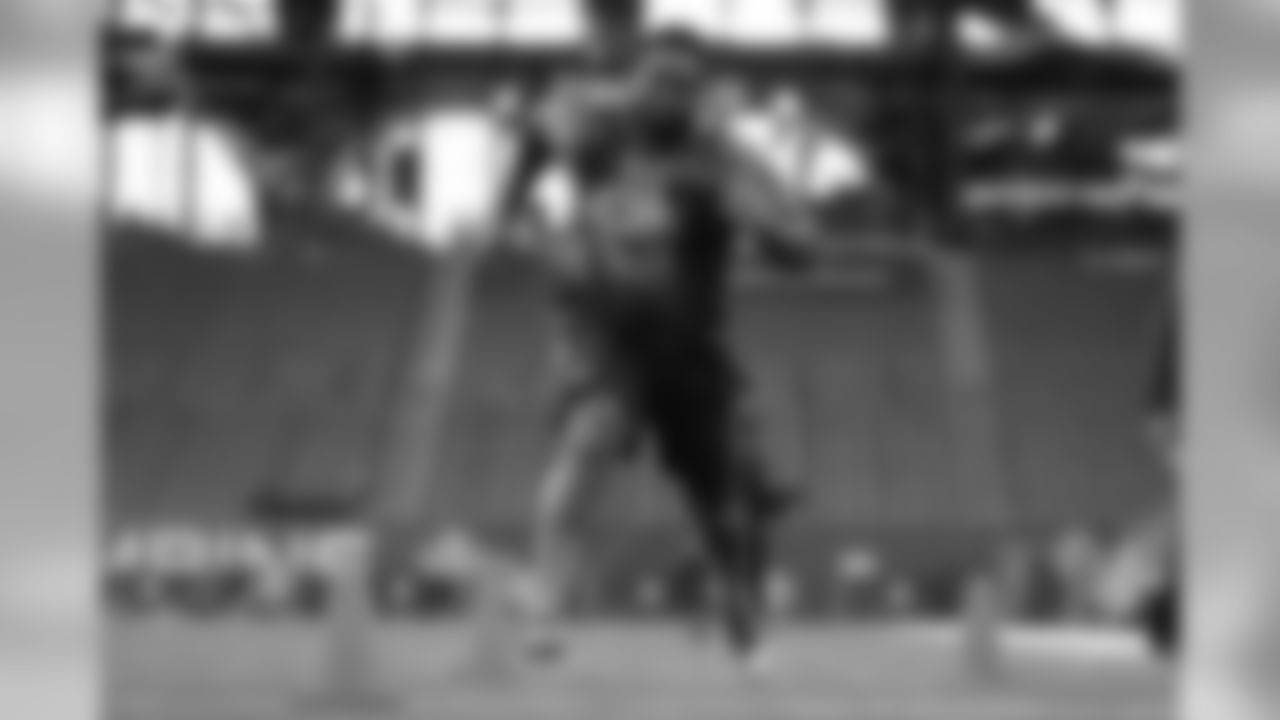
L.T. Walton

T.J. Watt

T.J. Watt
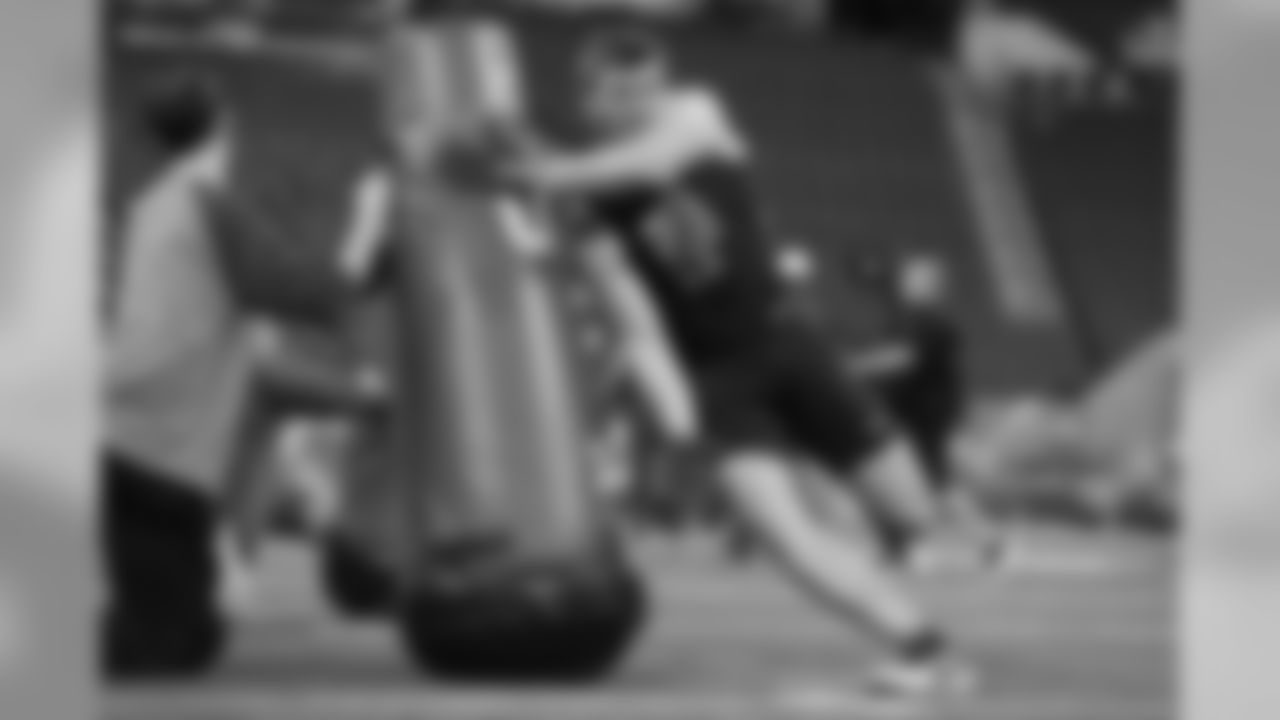
T.J. Watt















